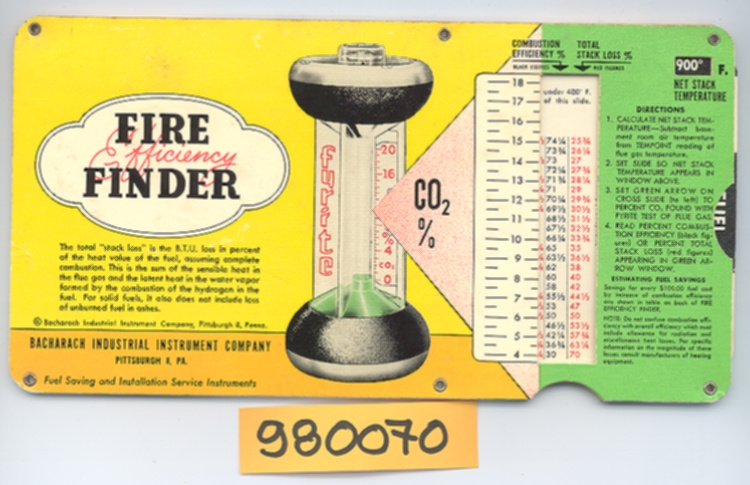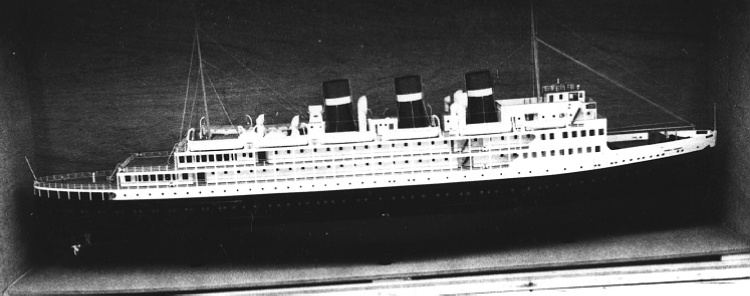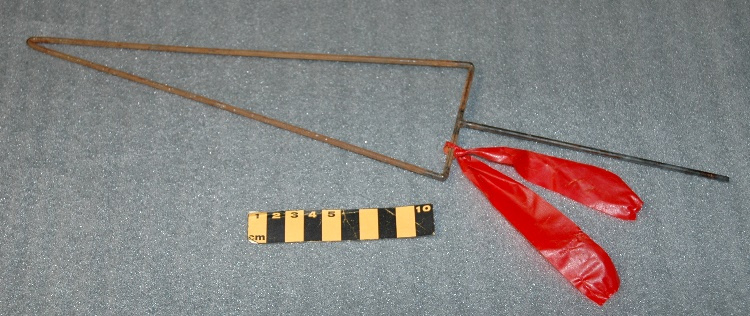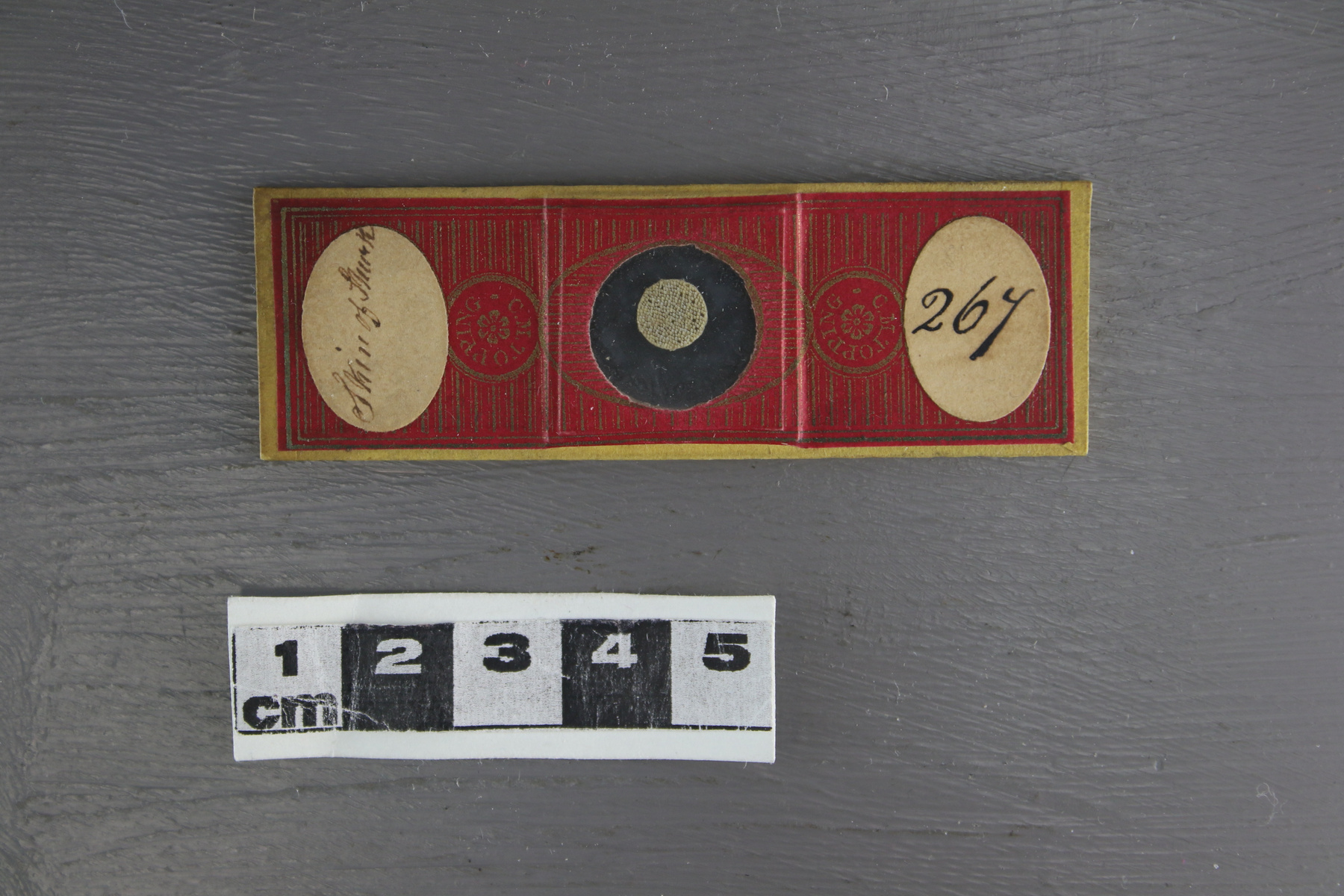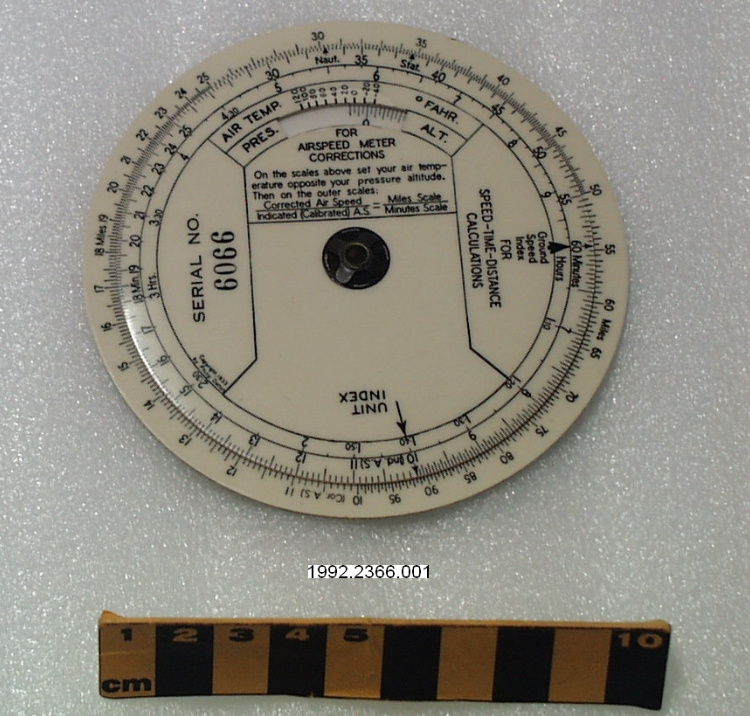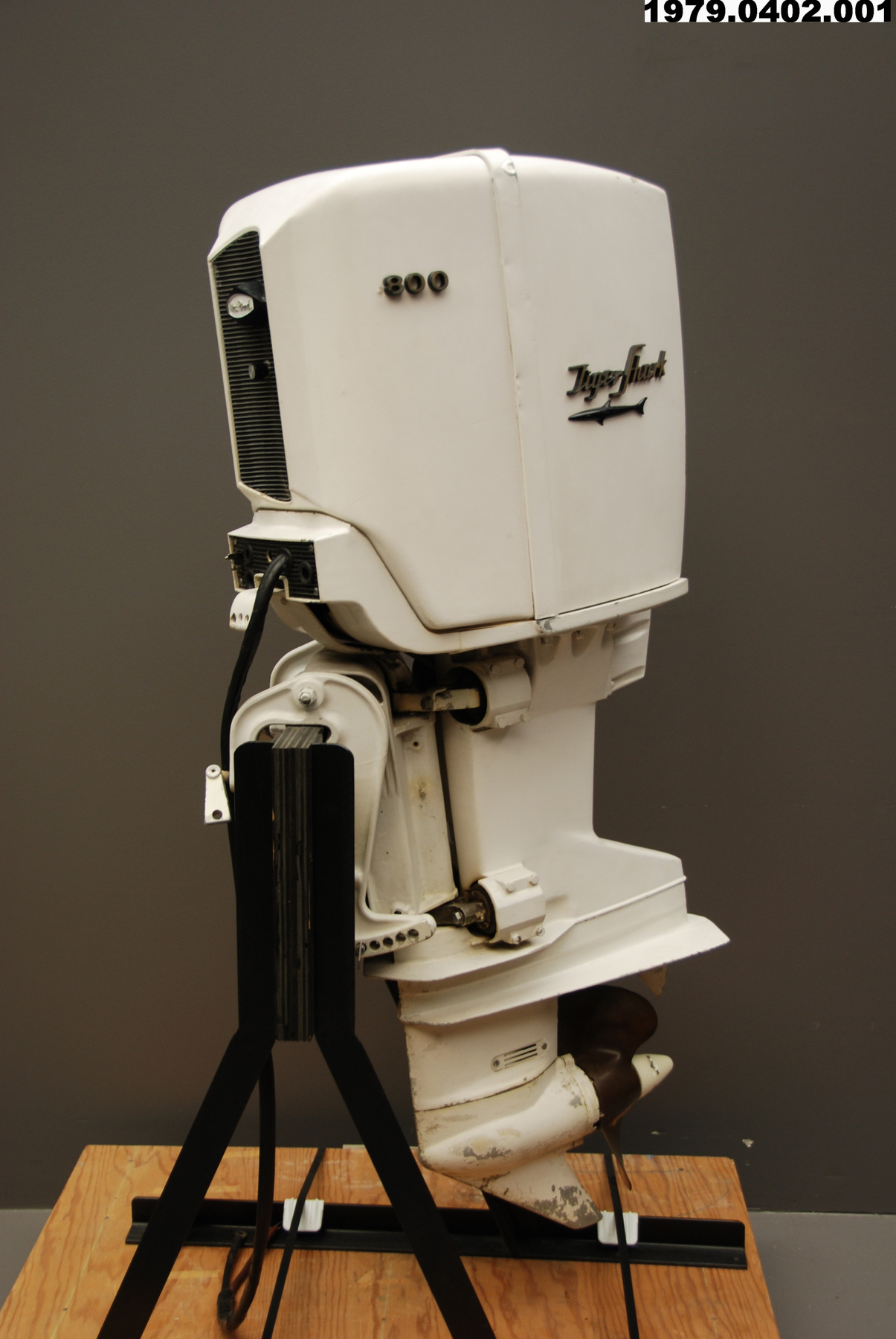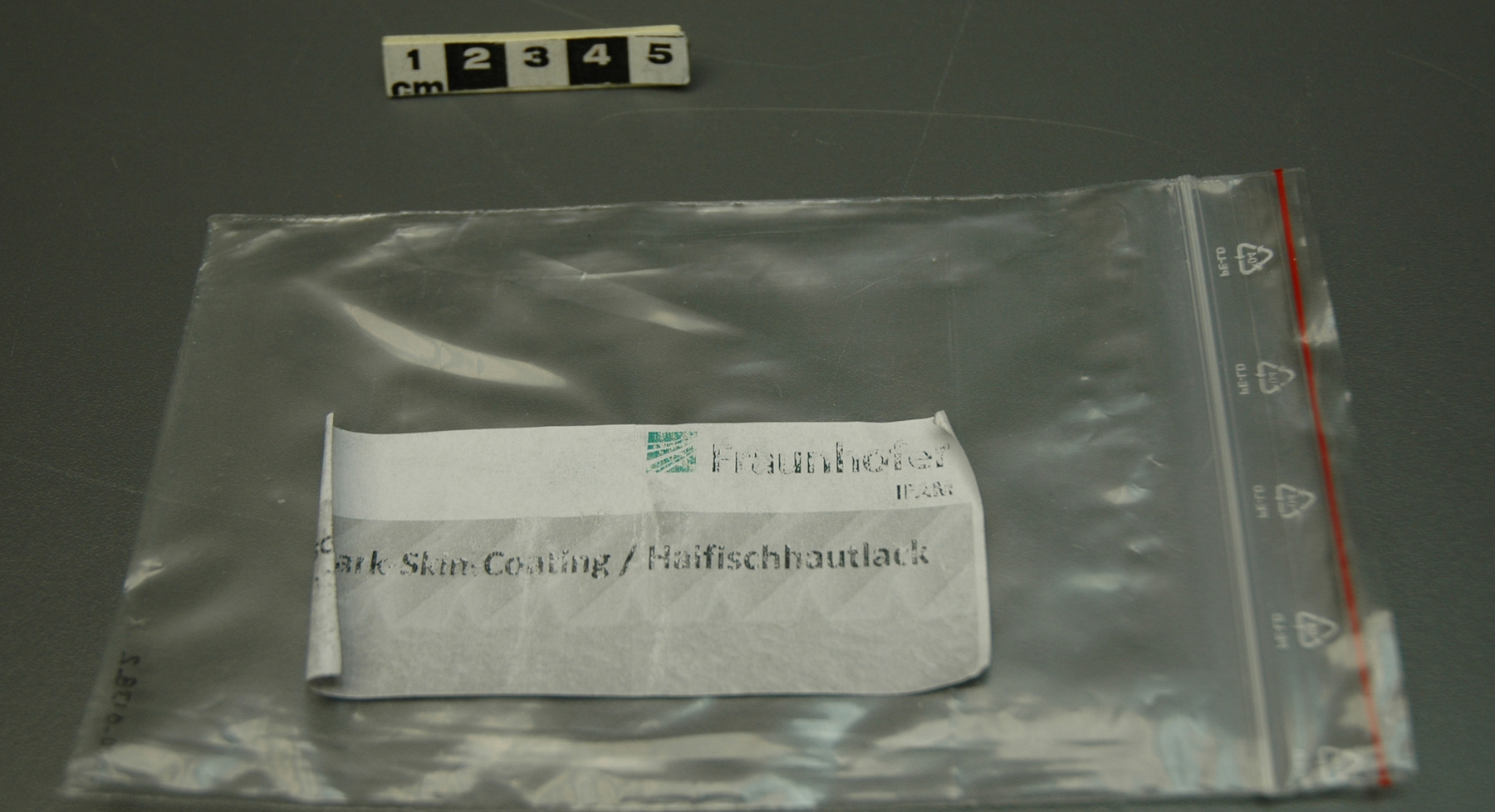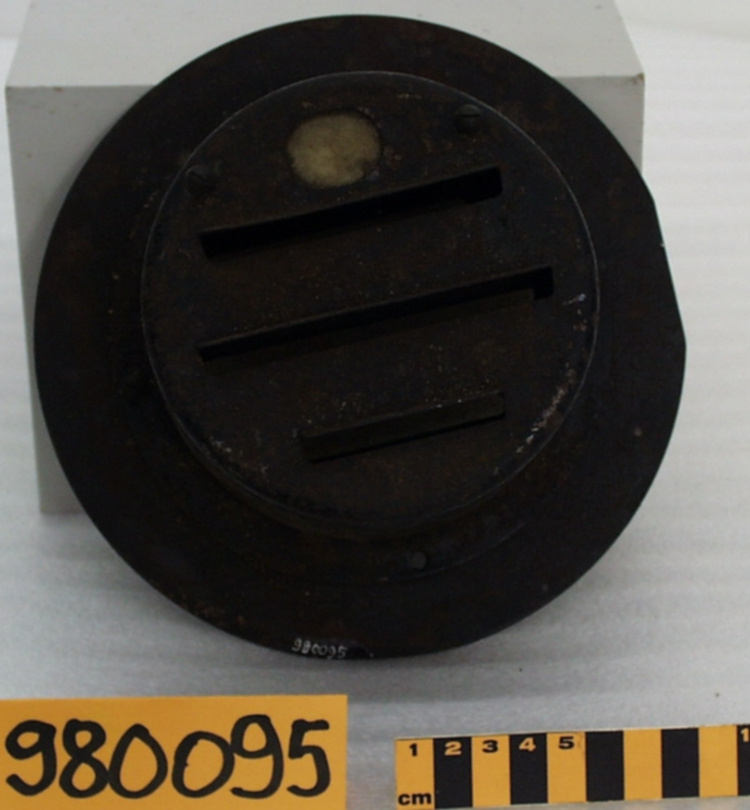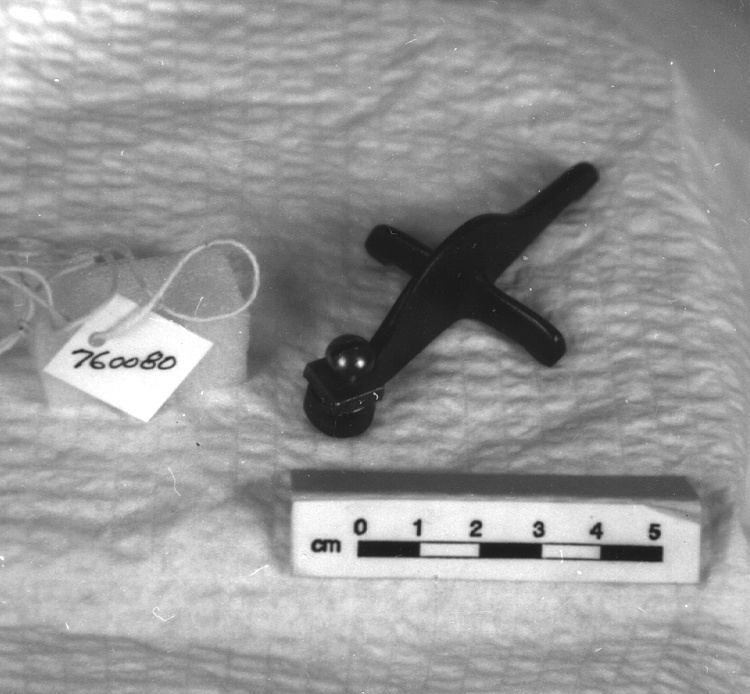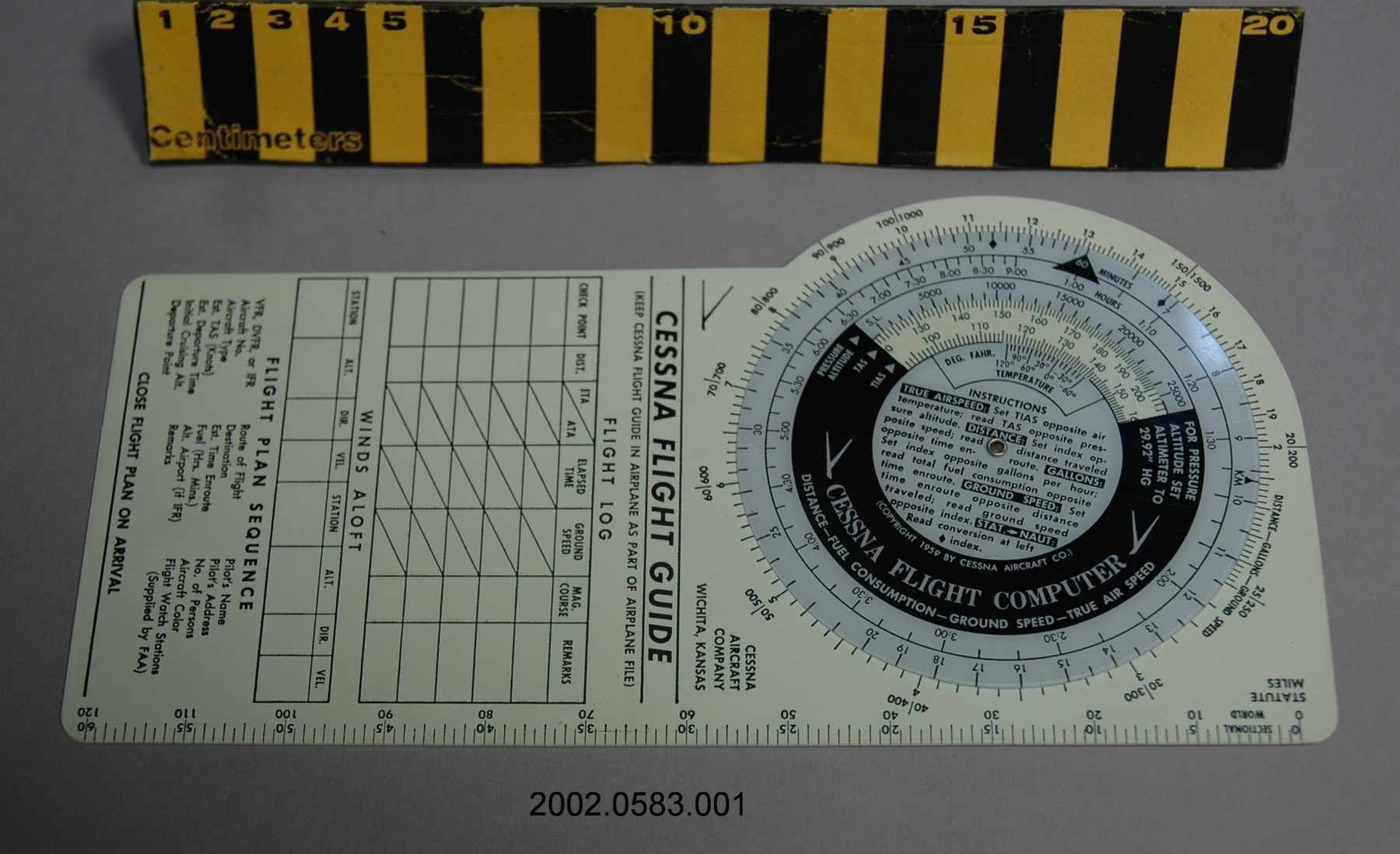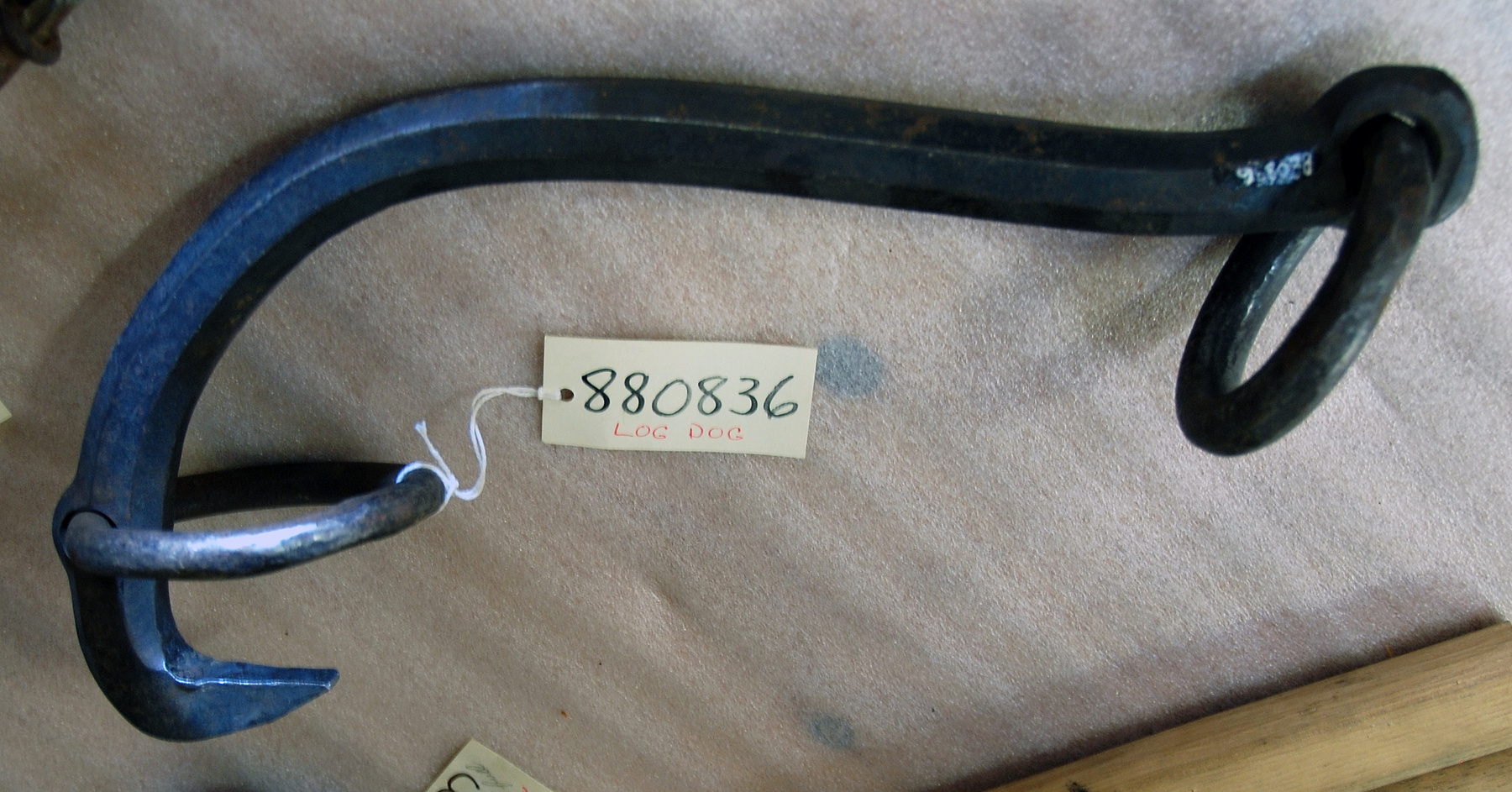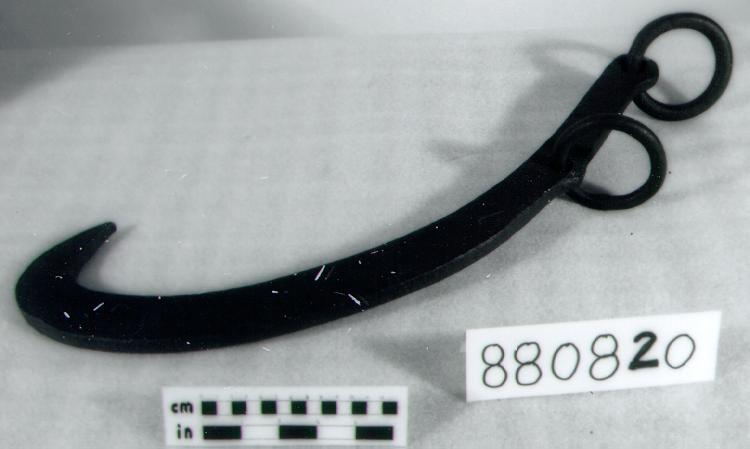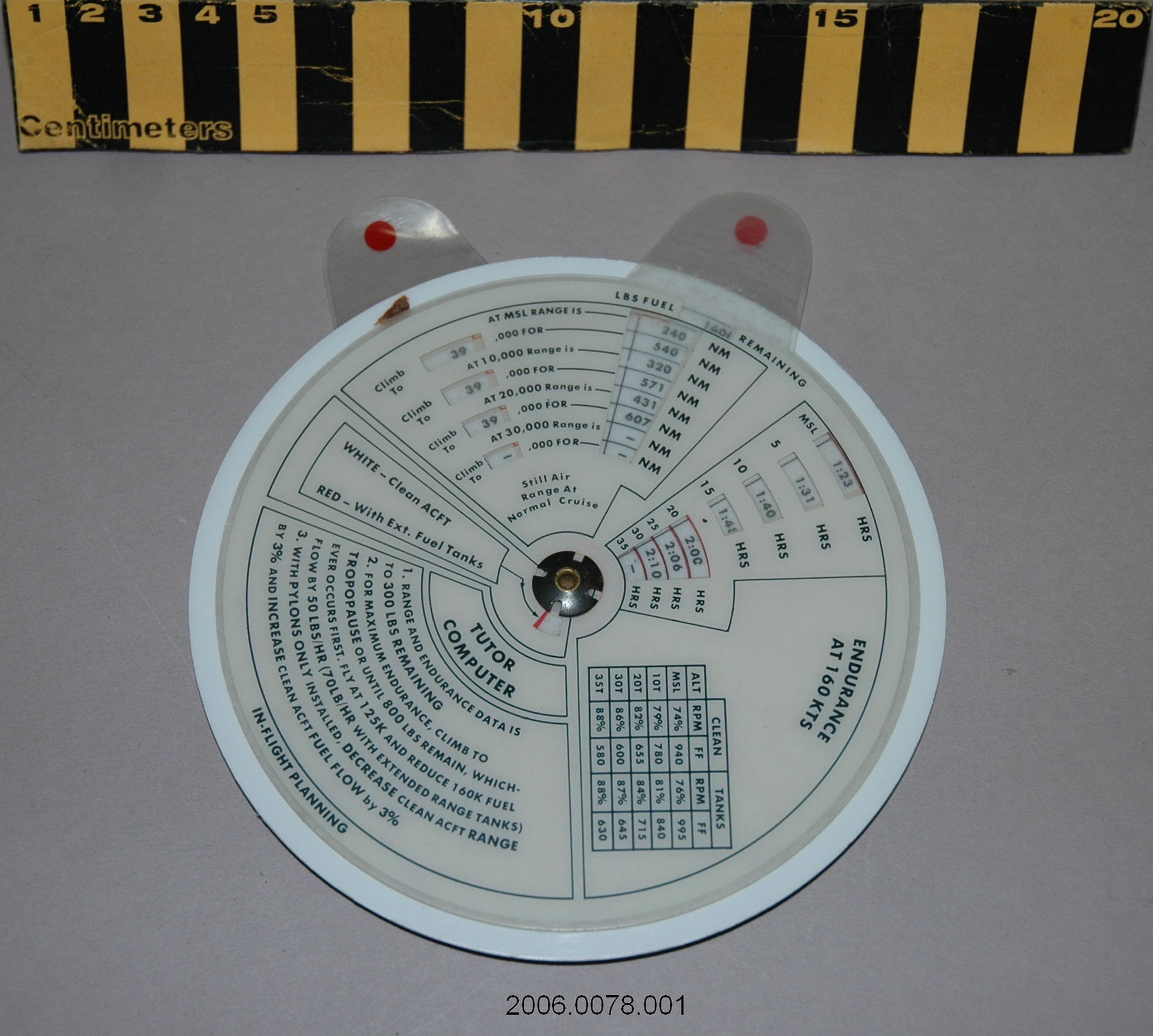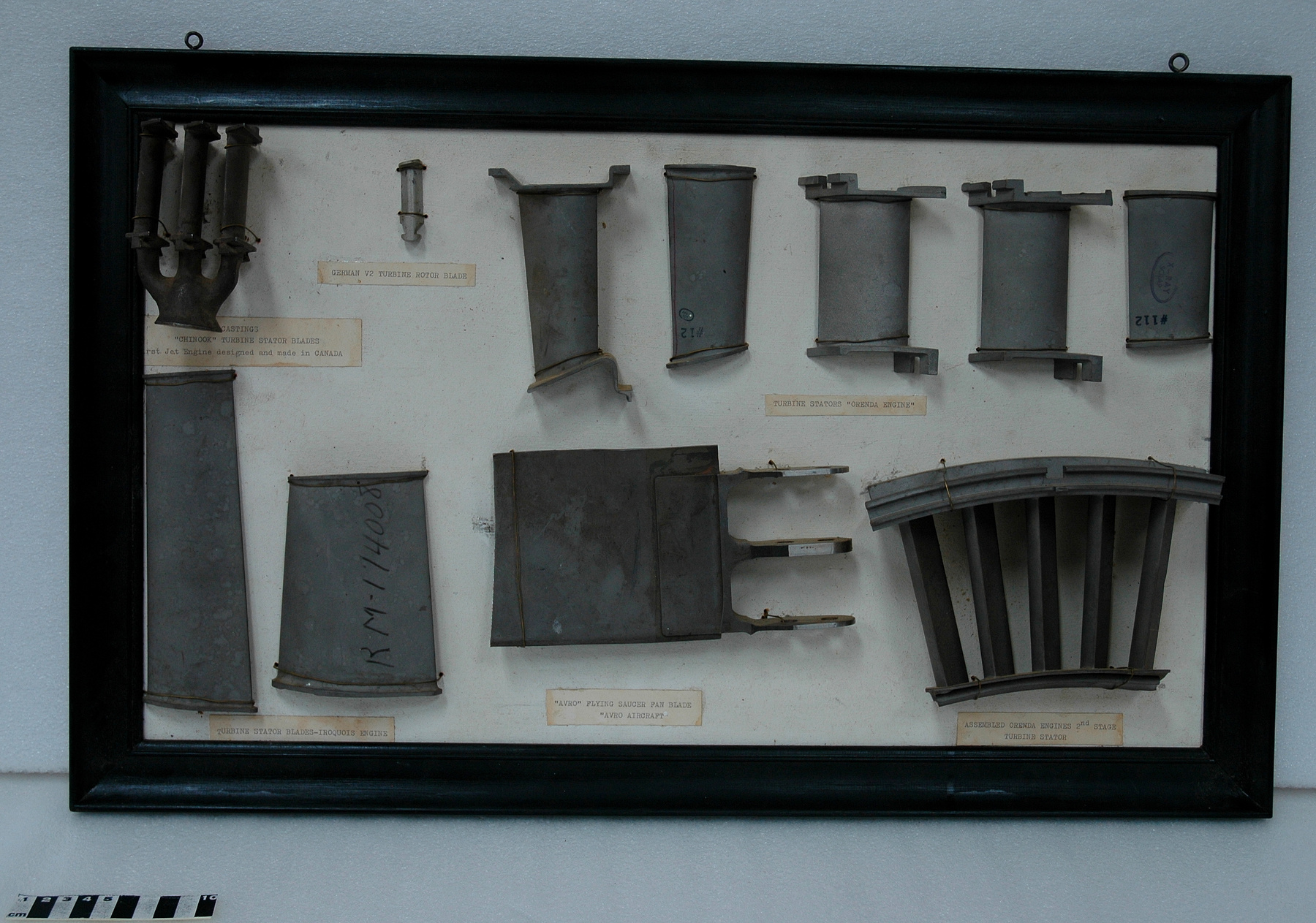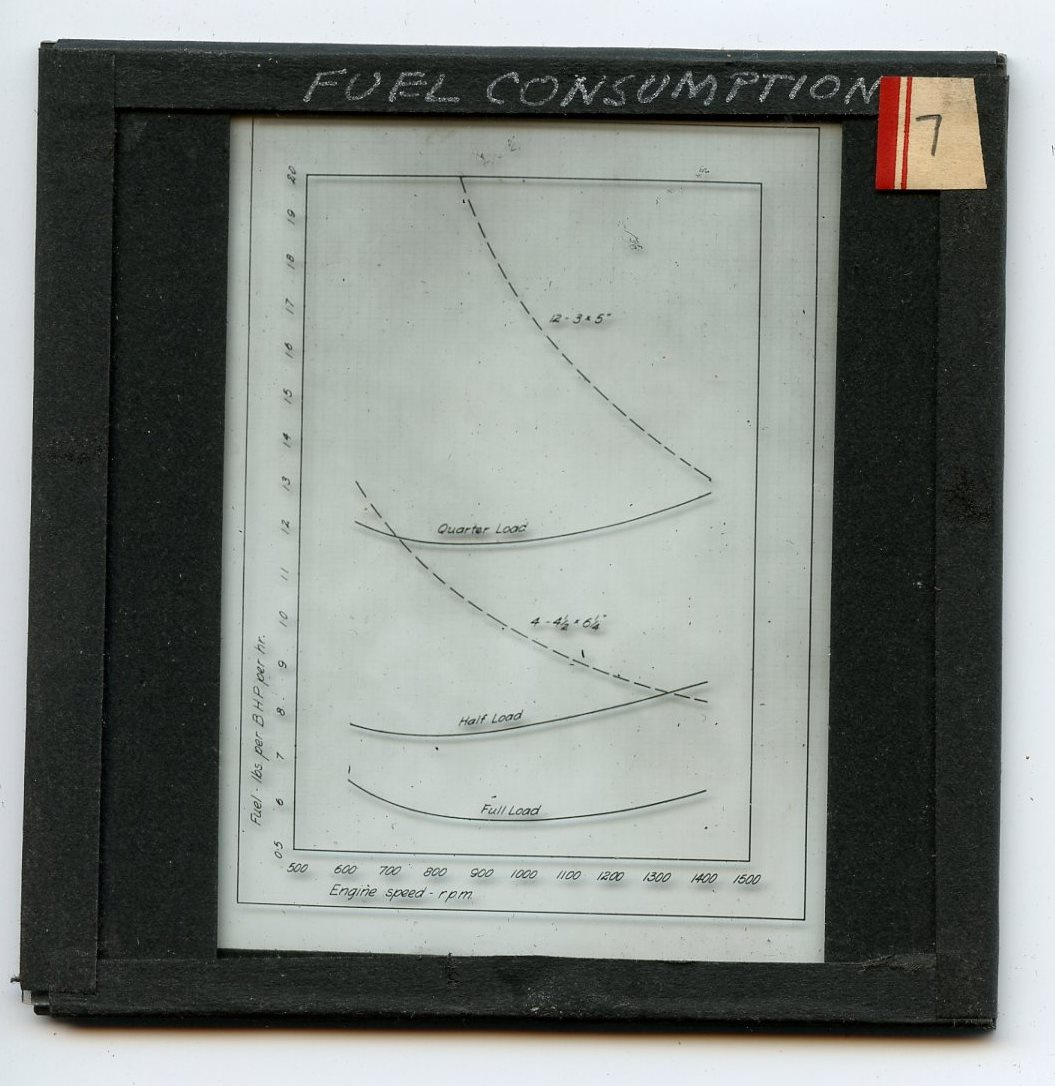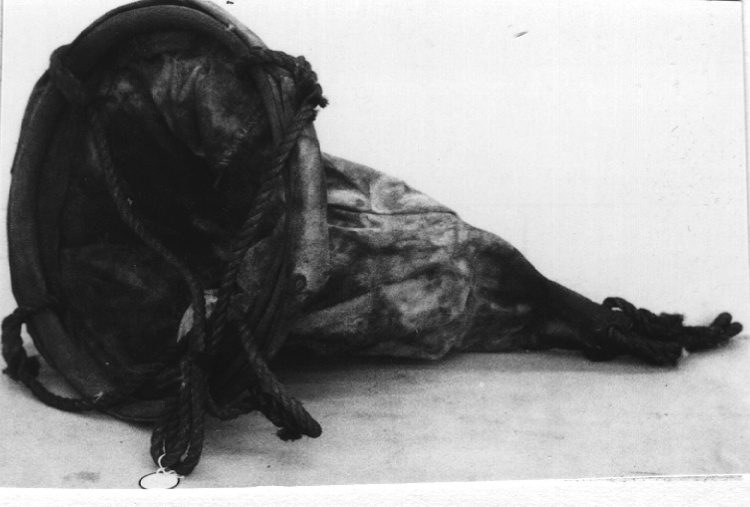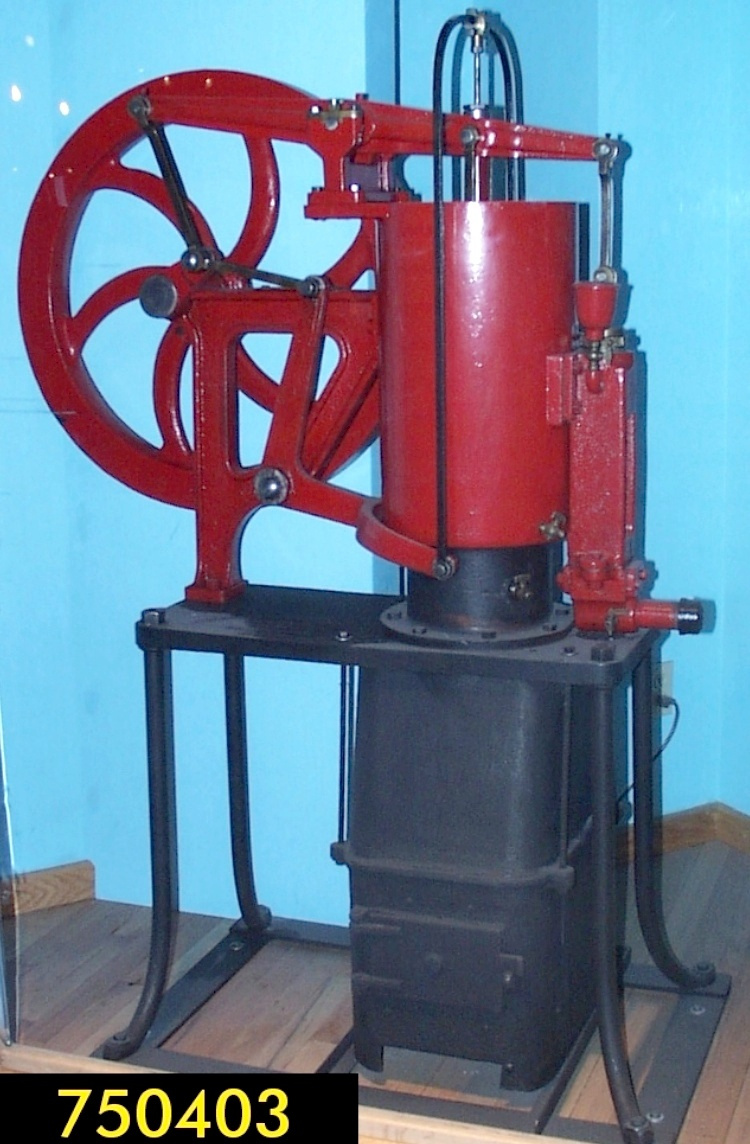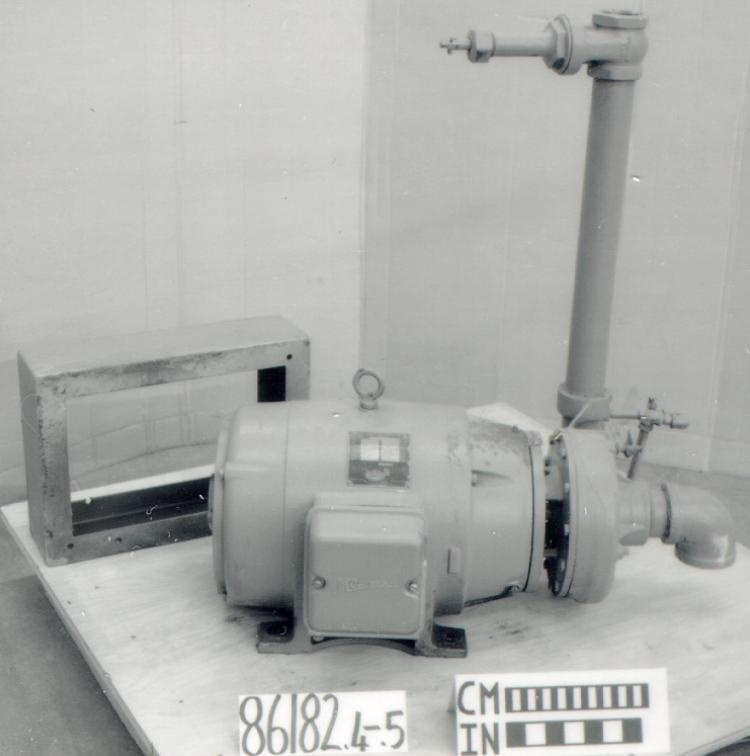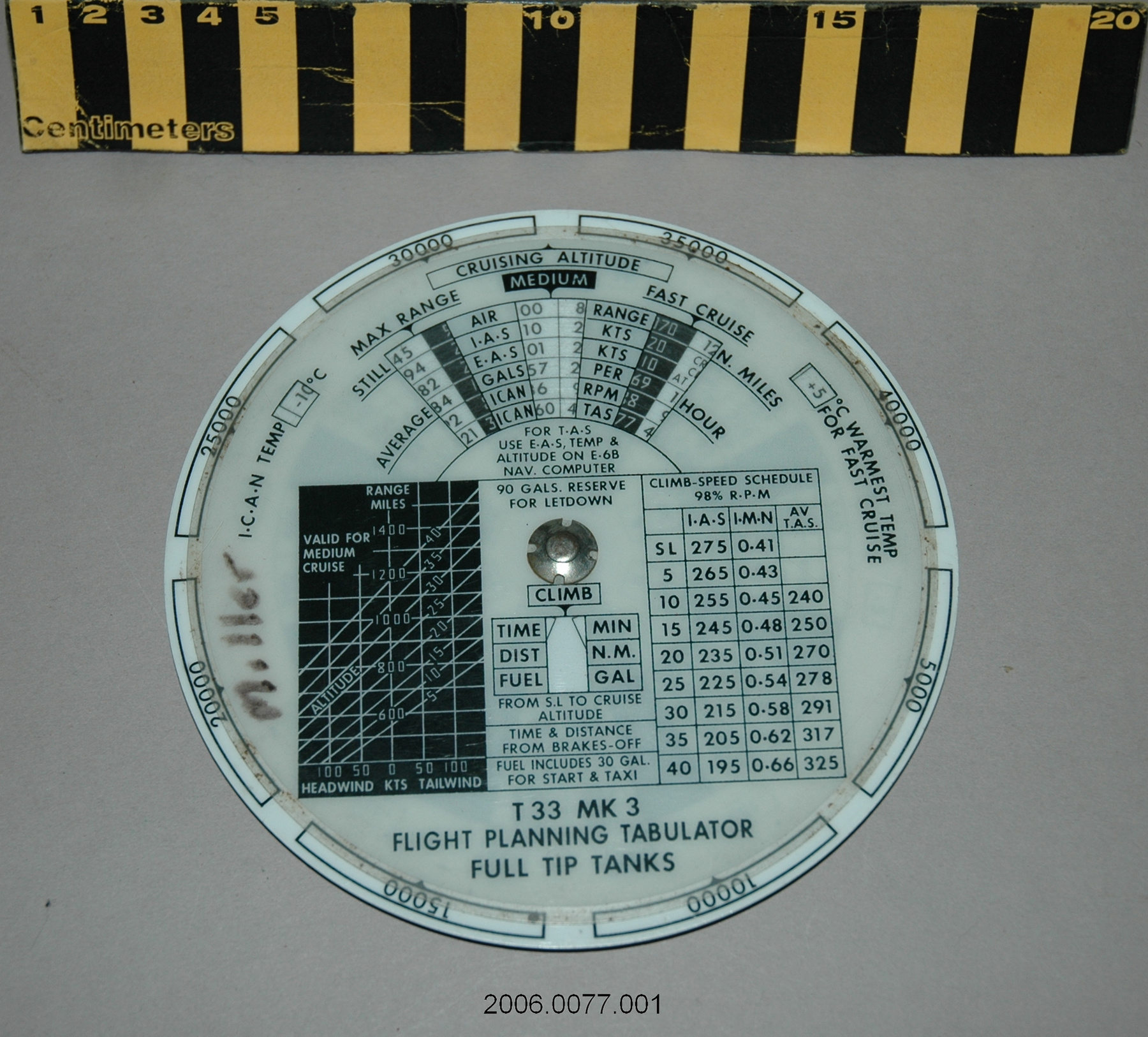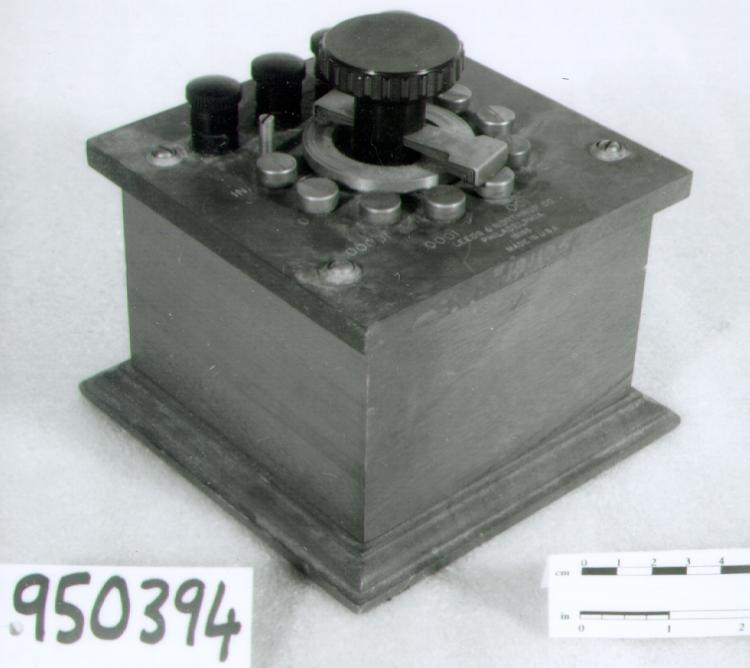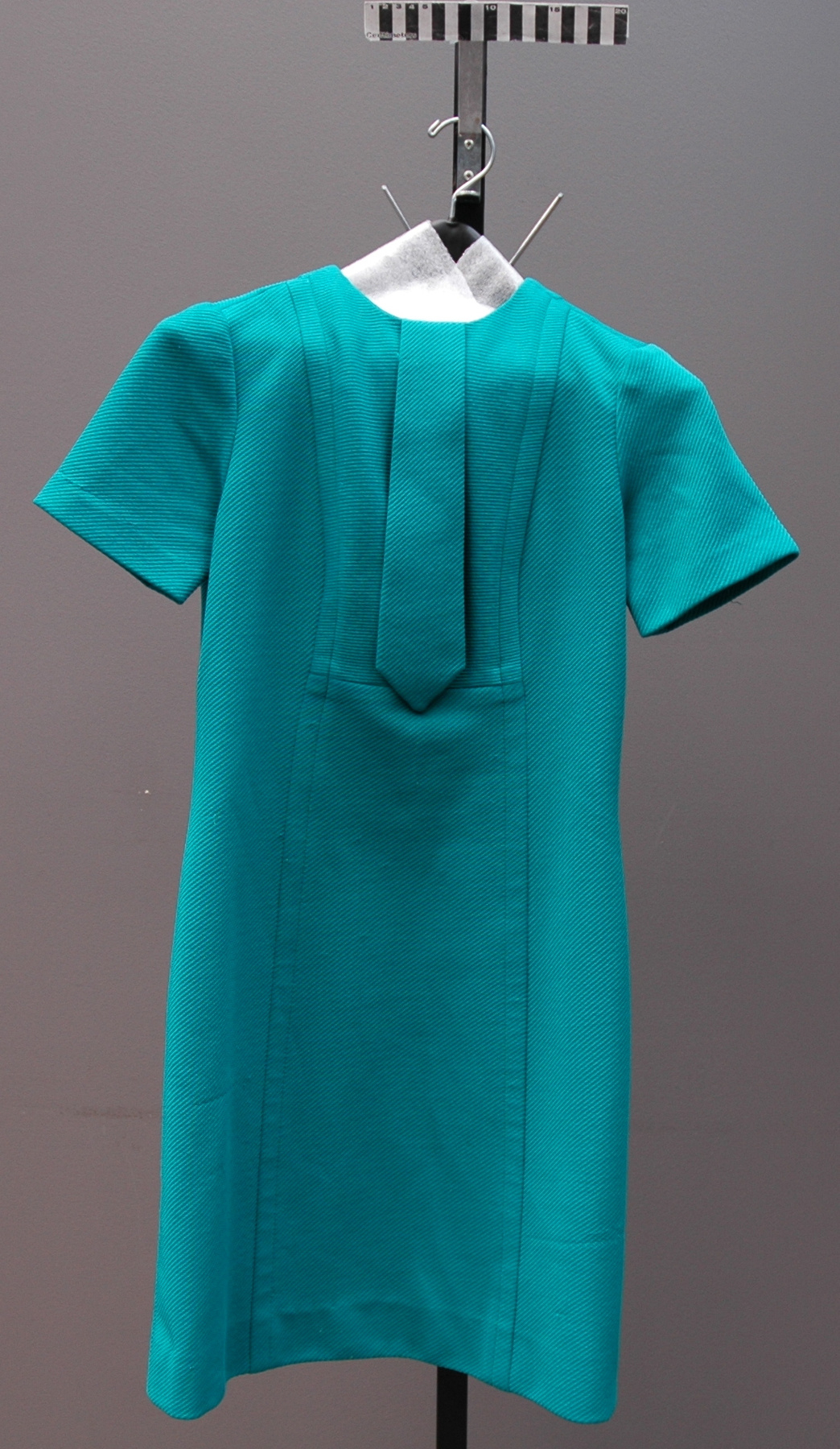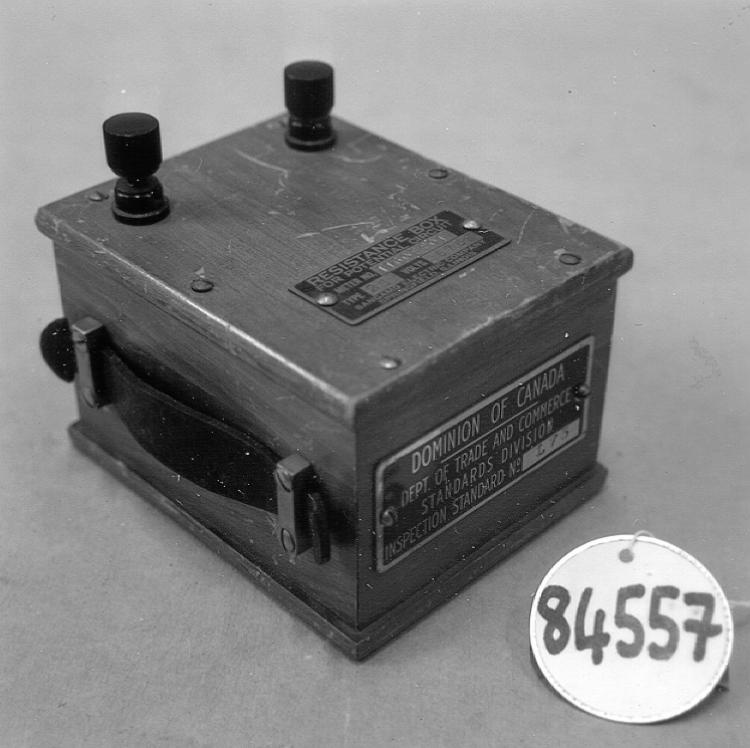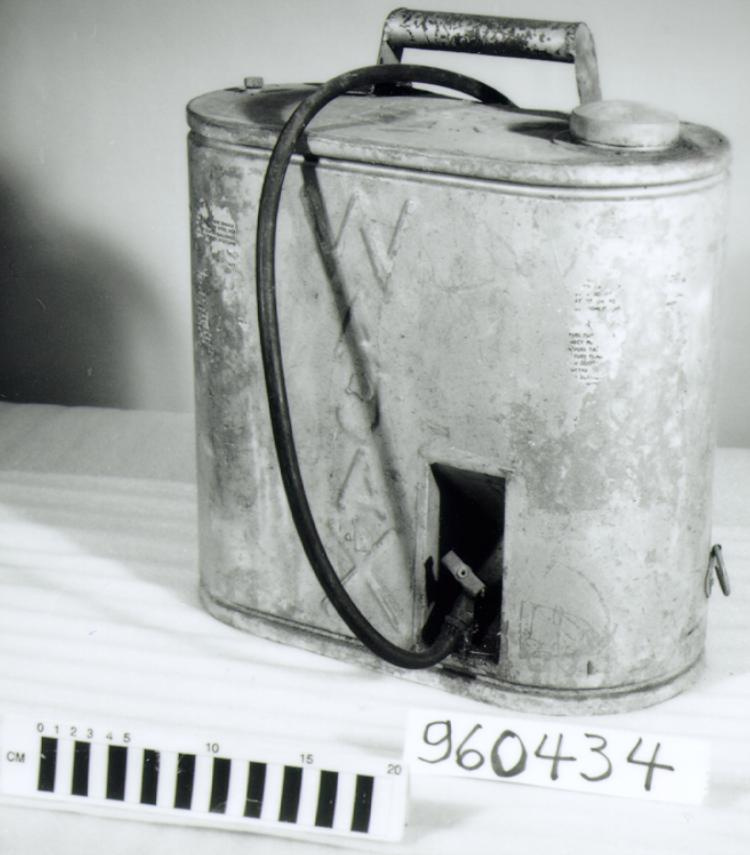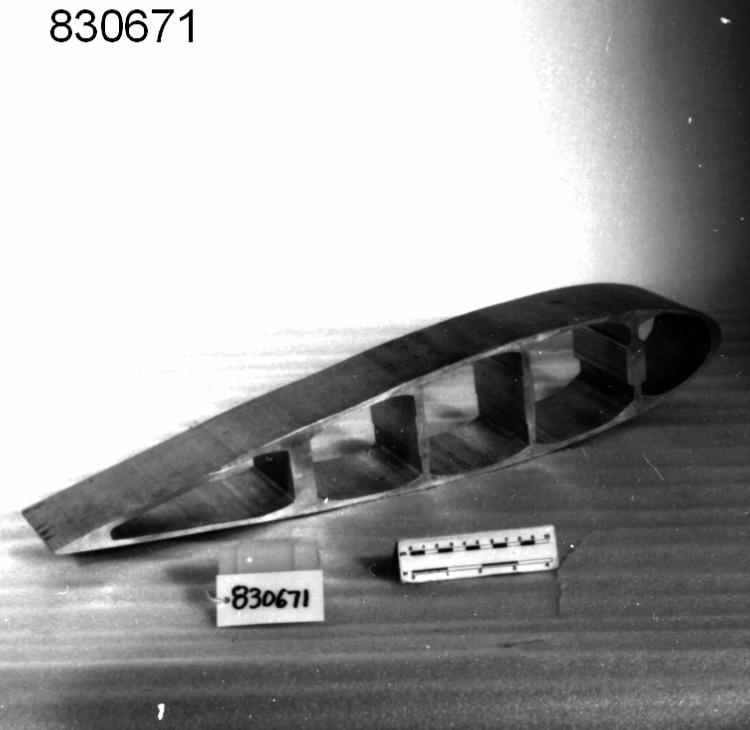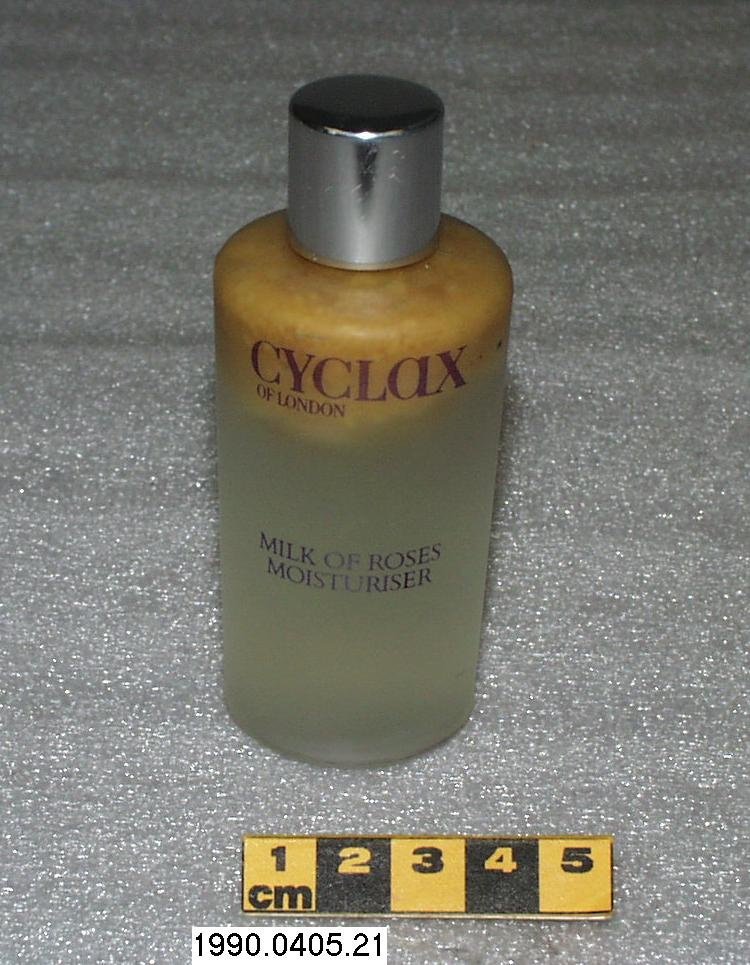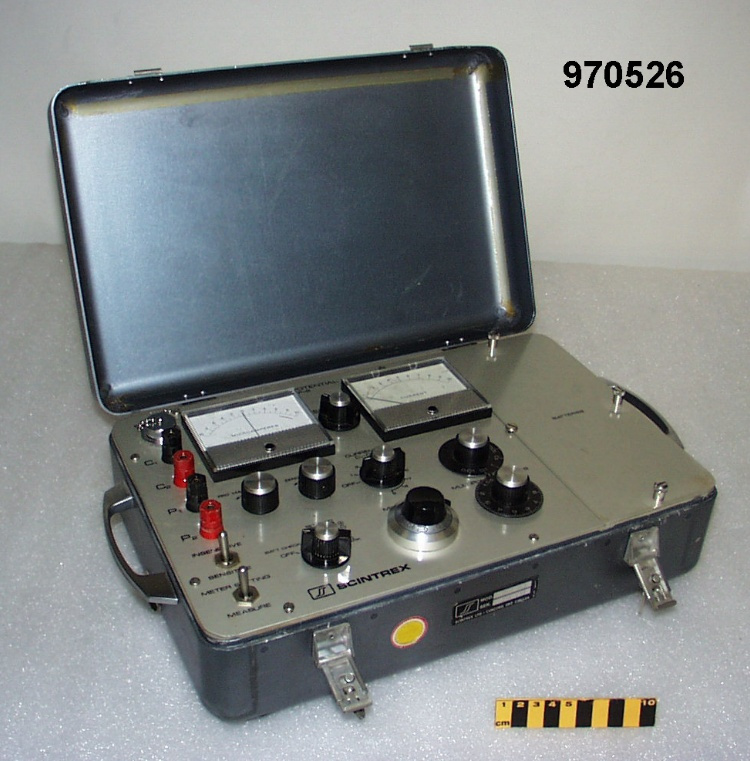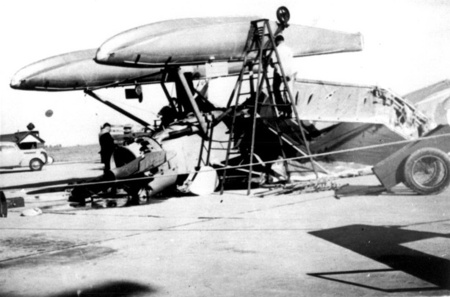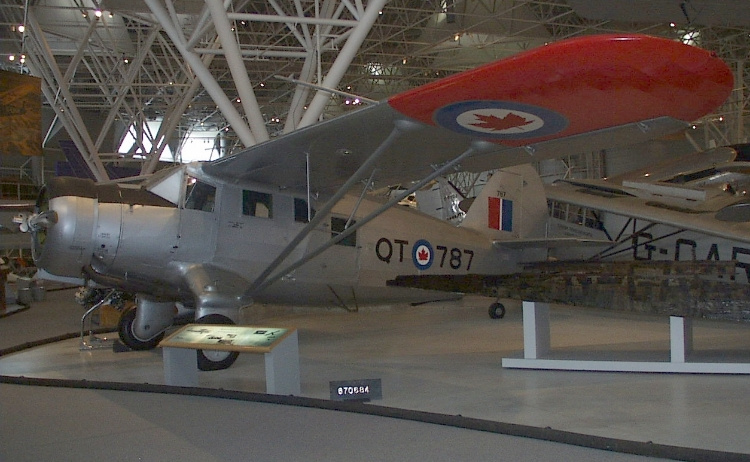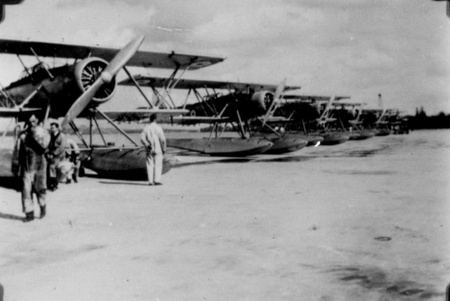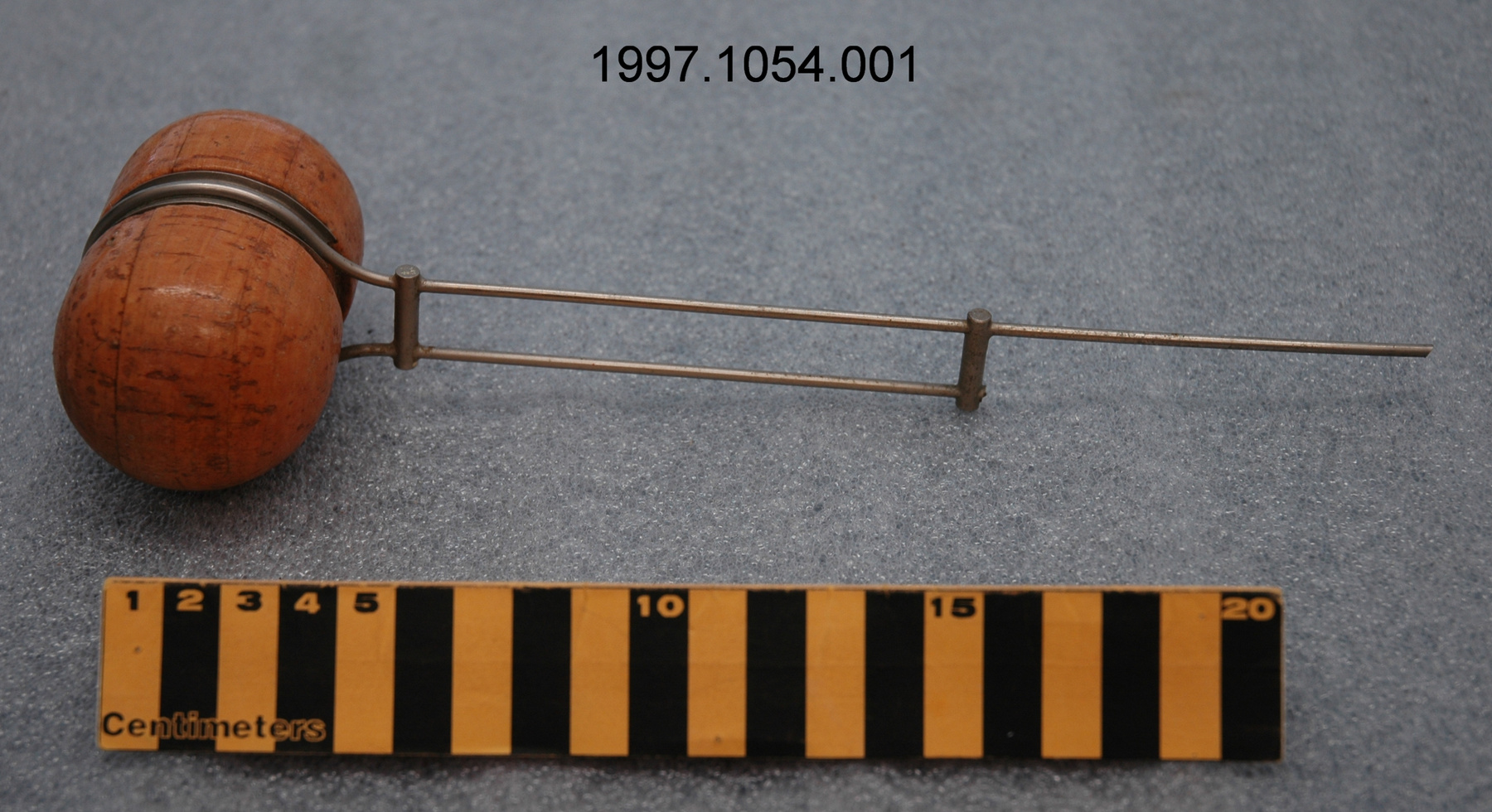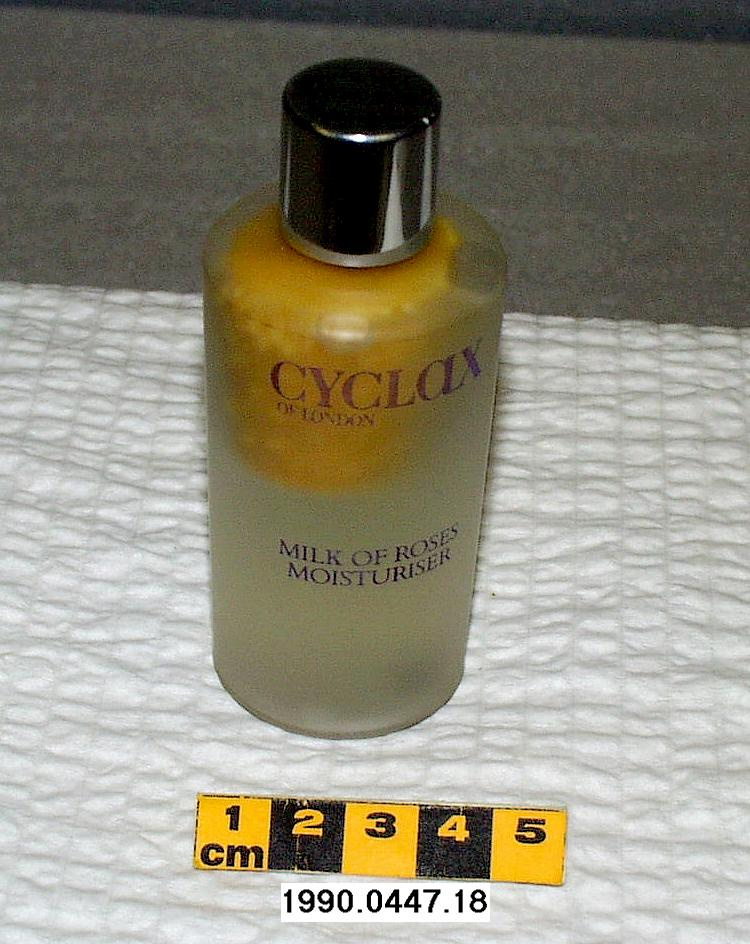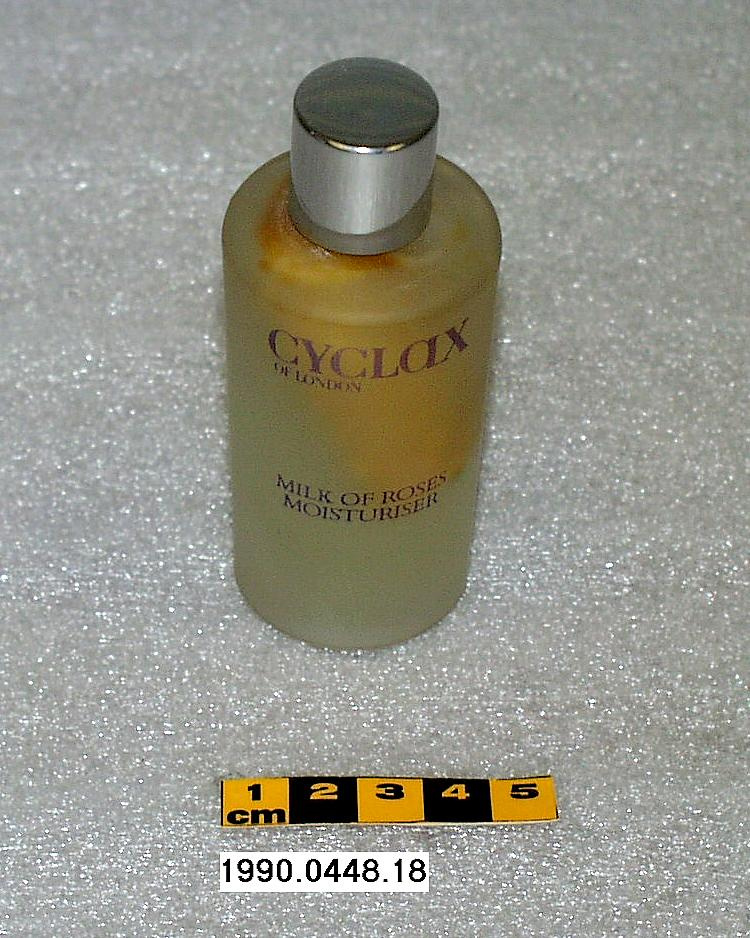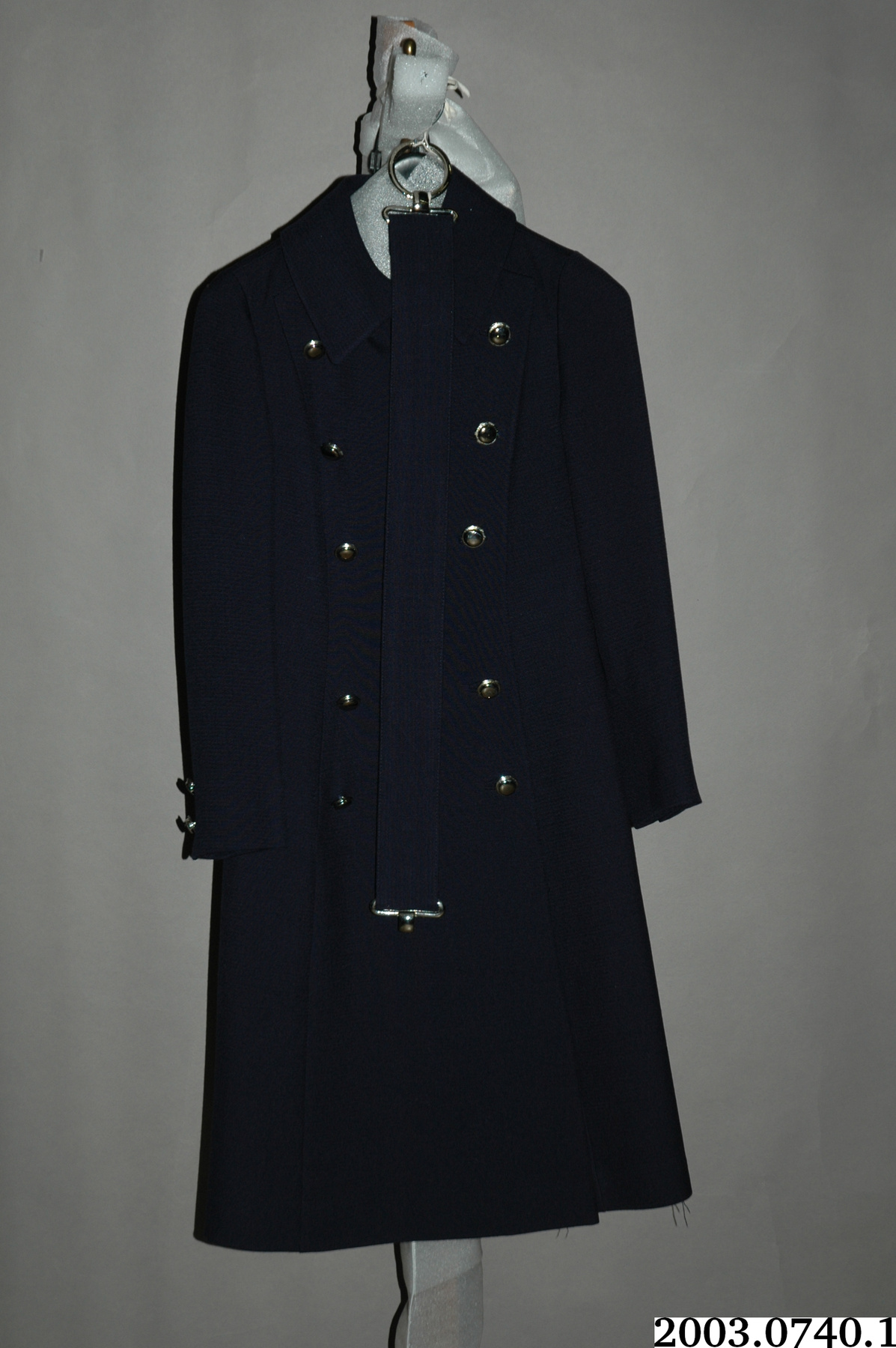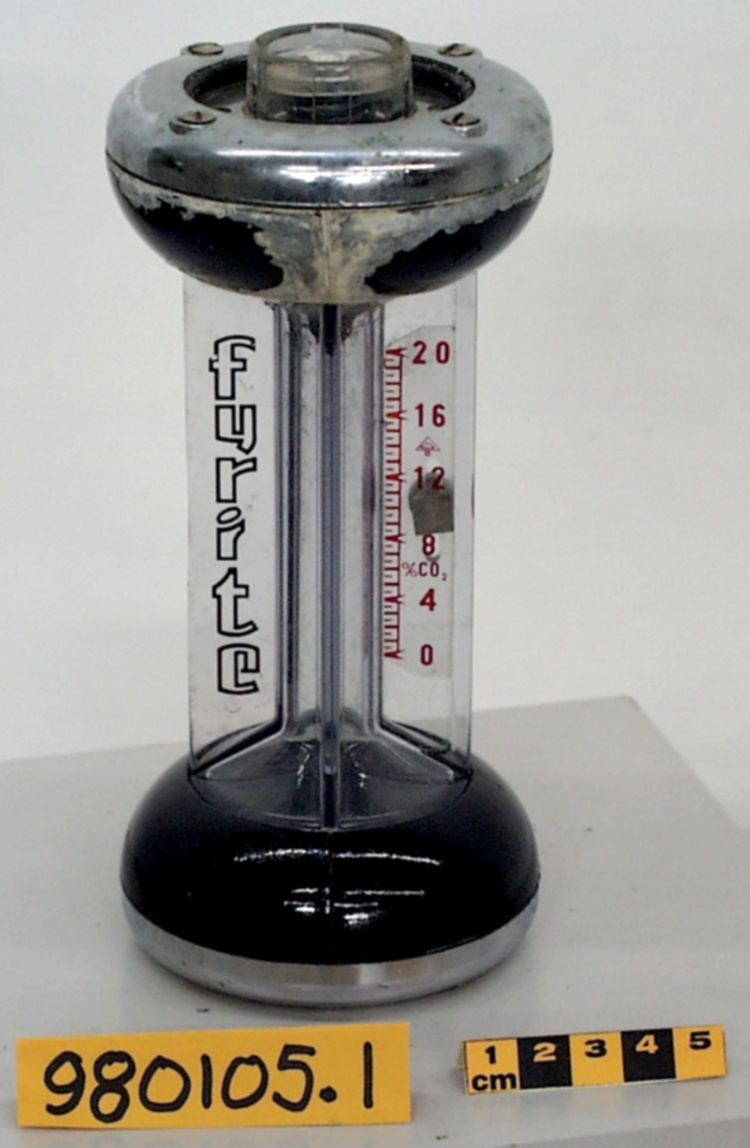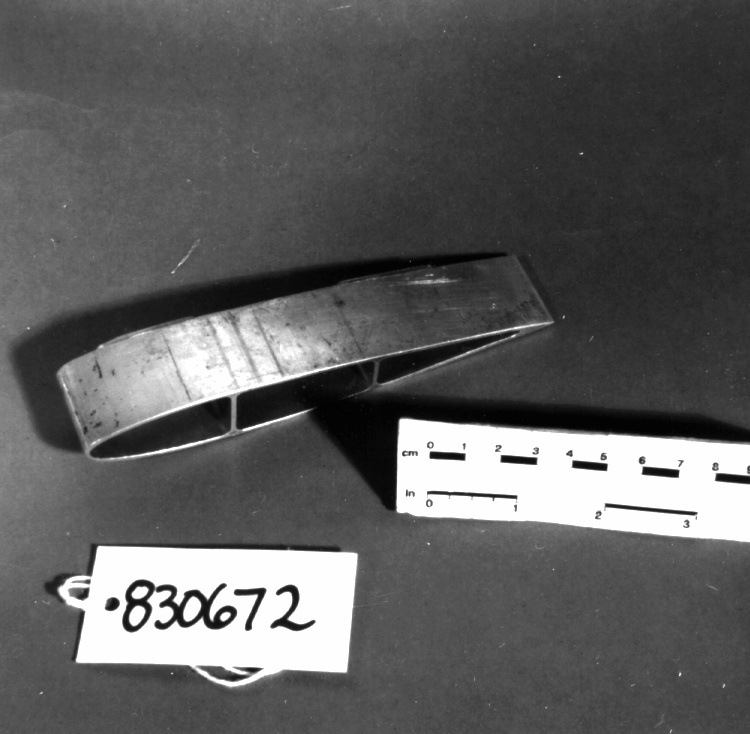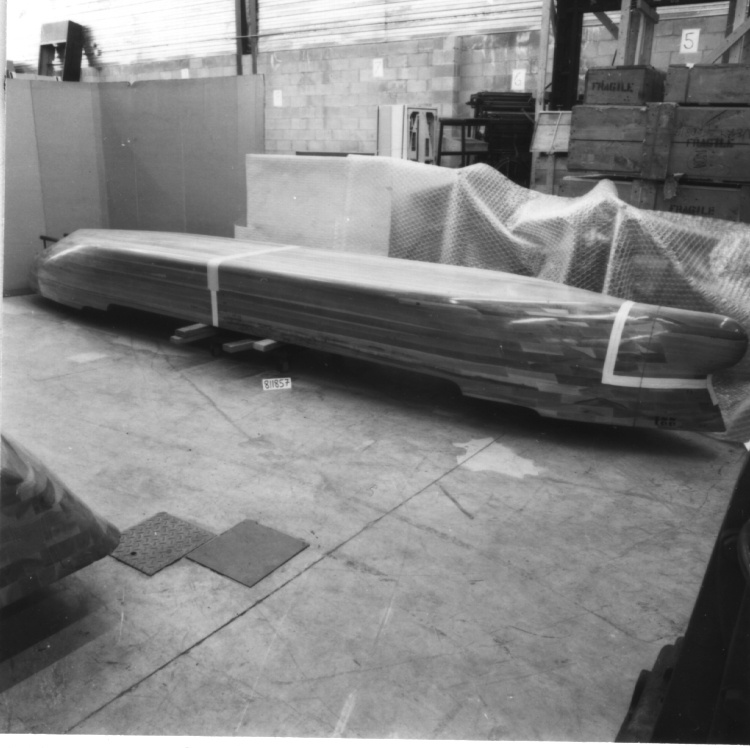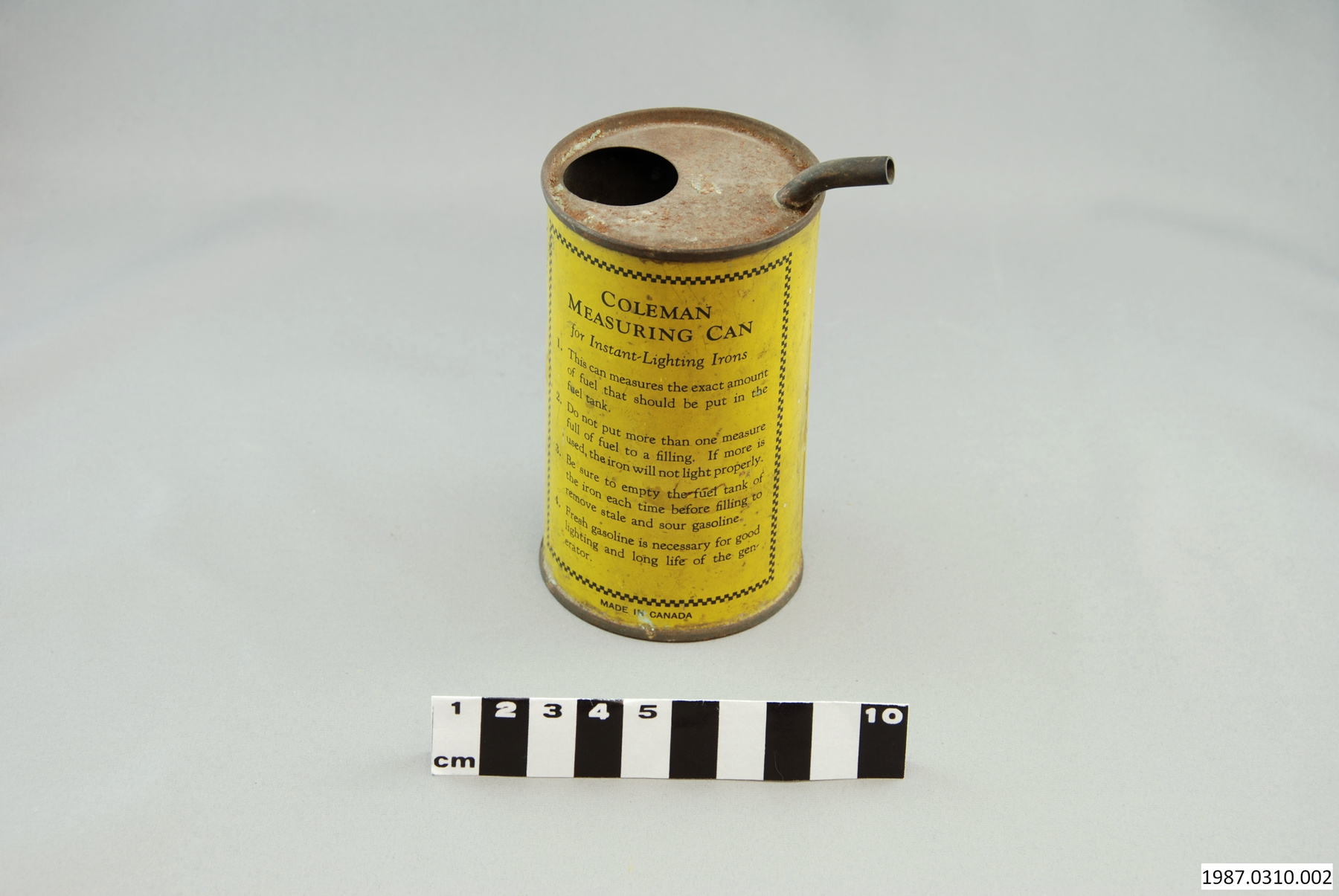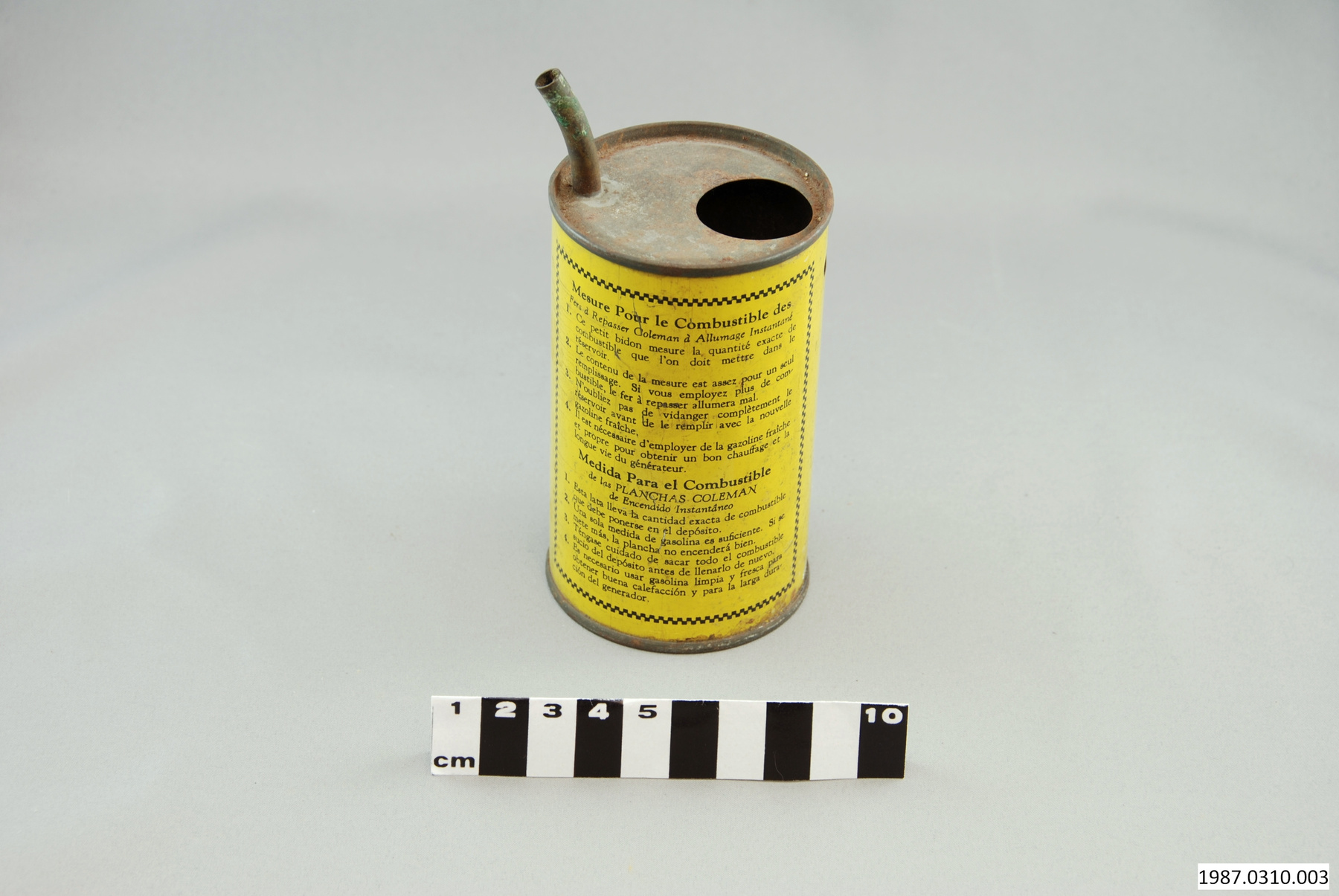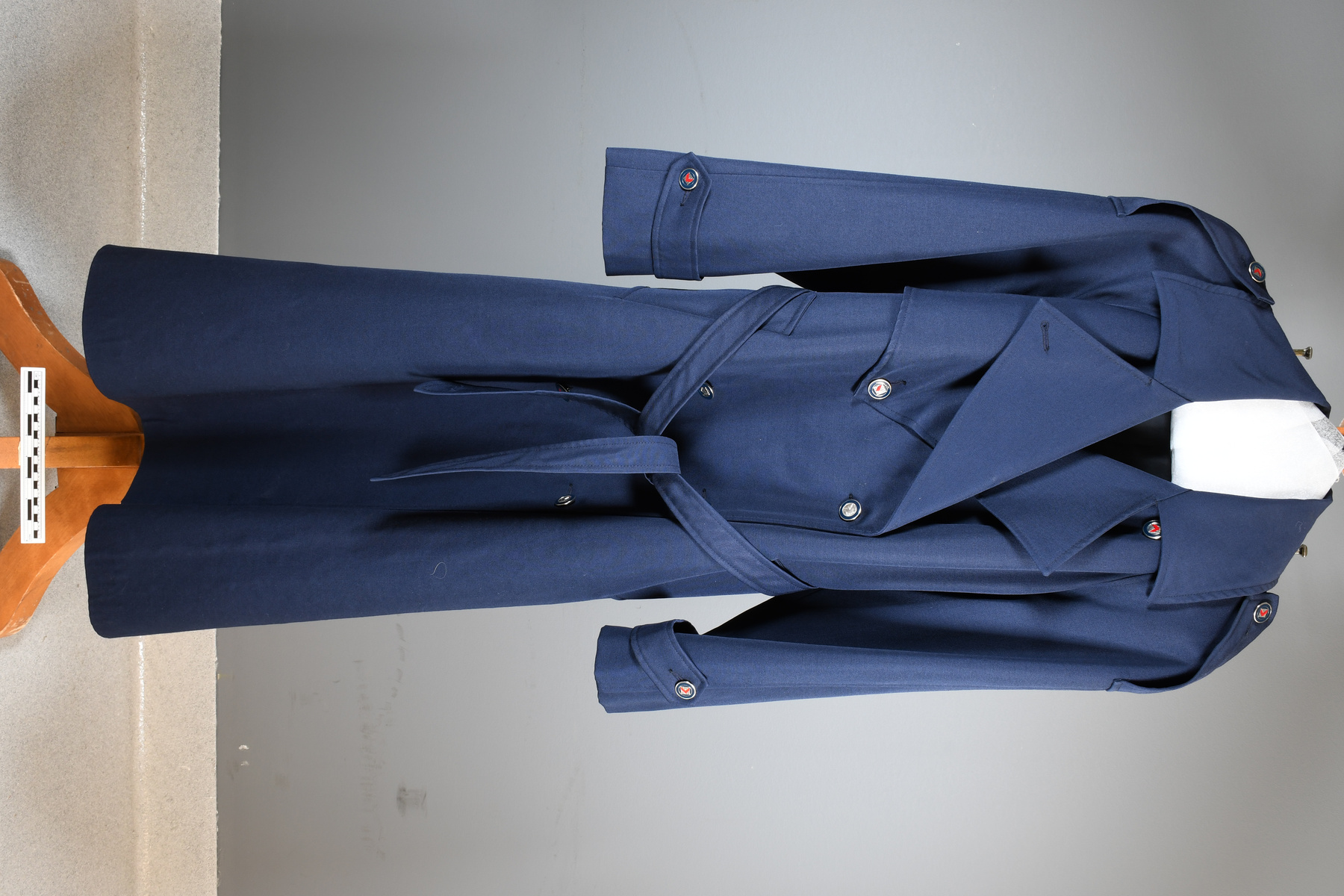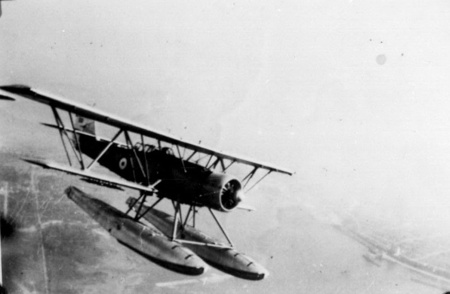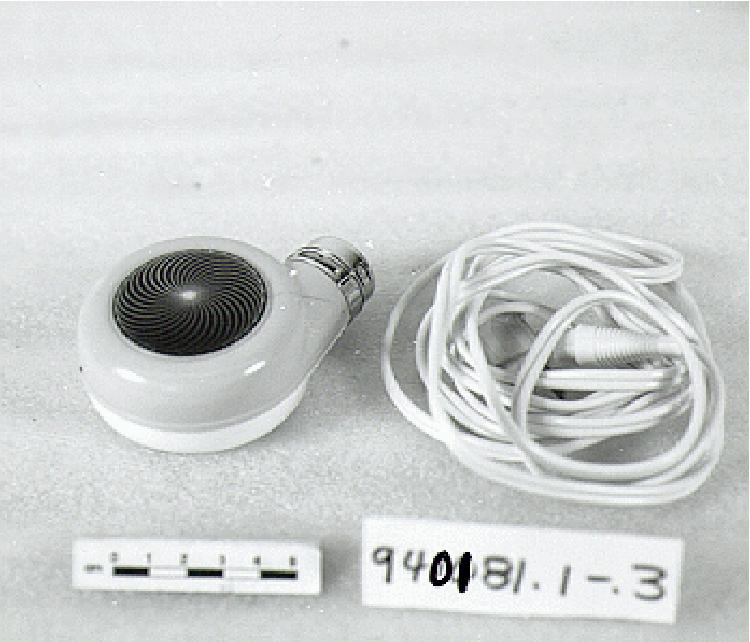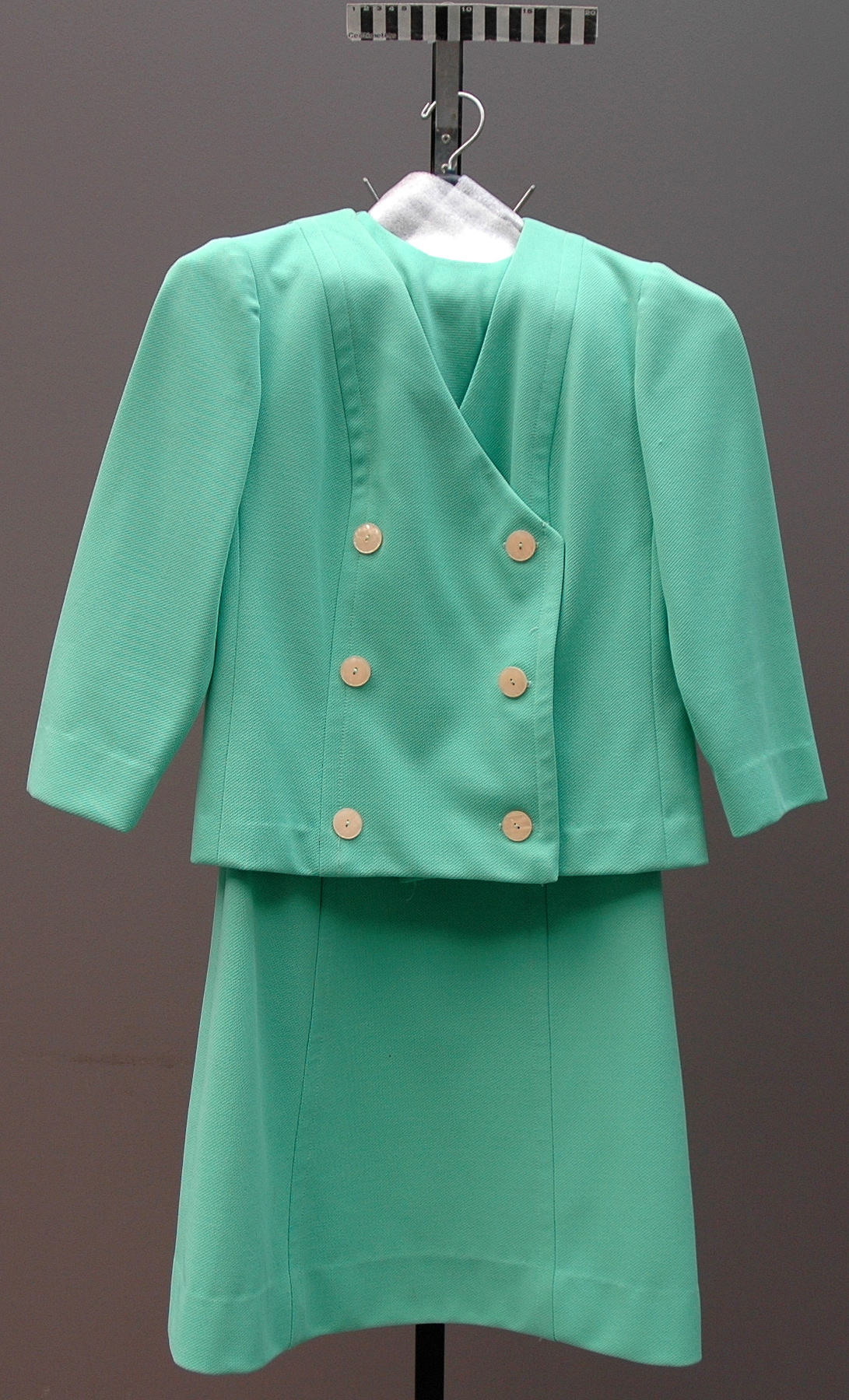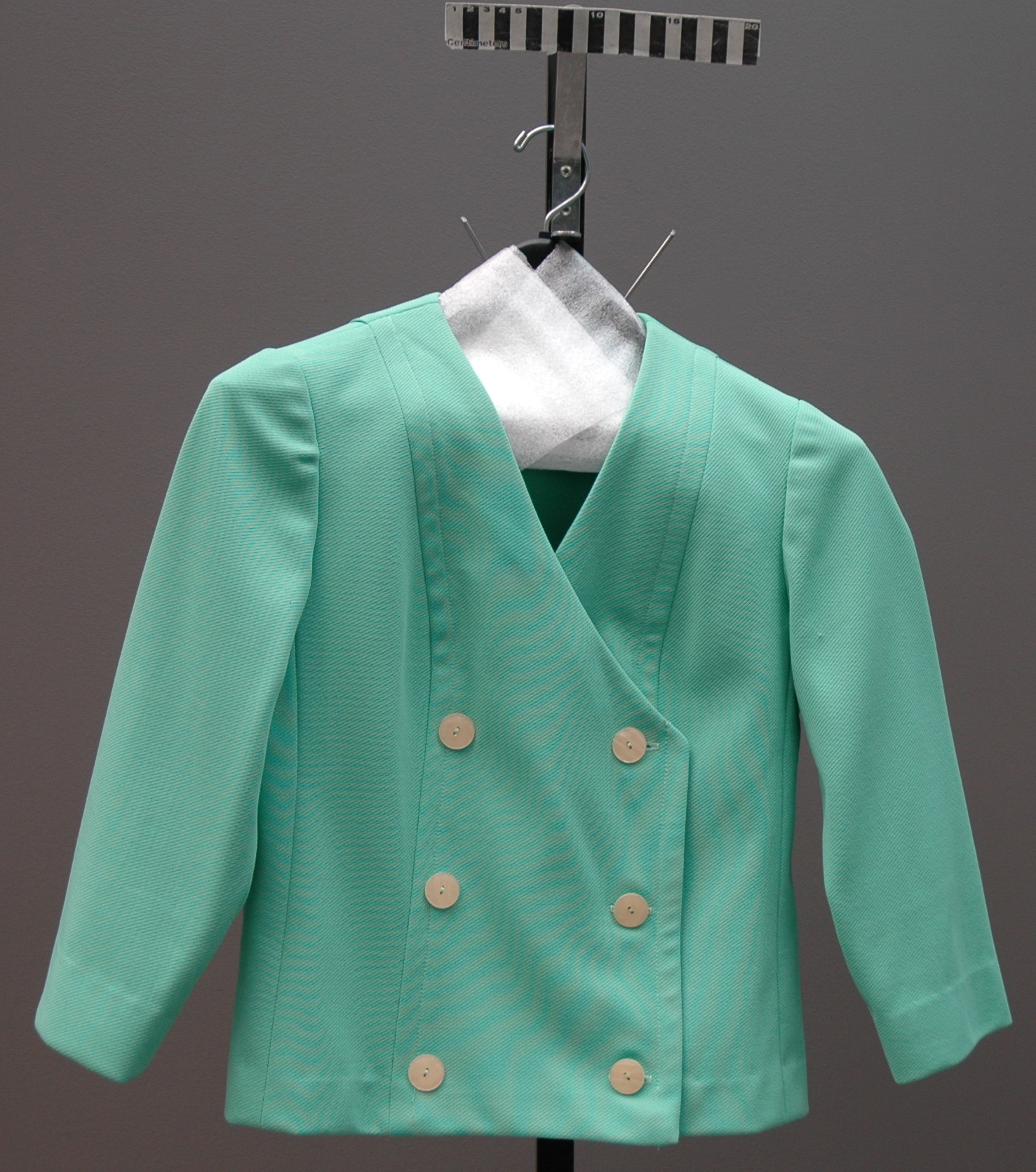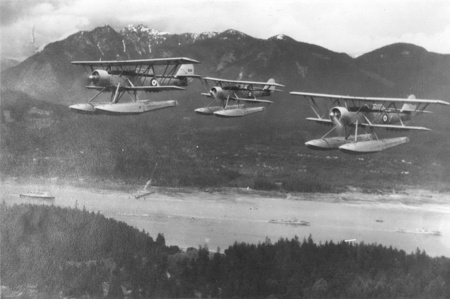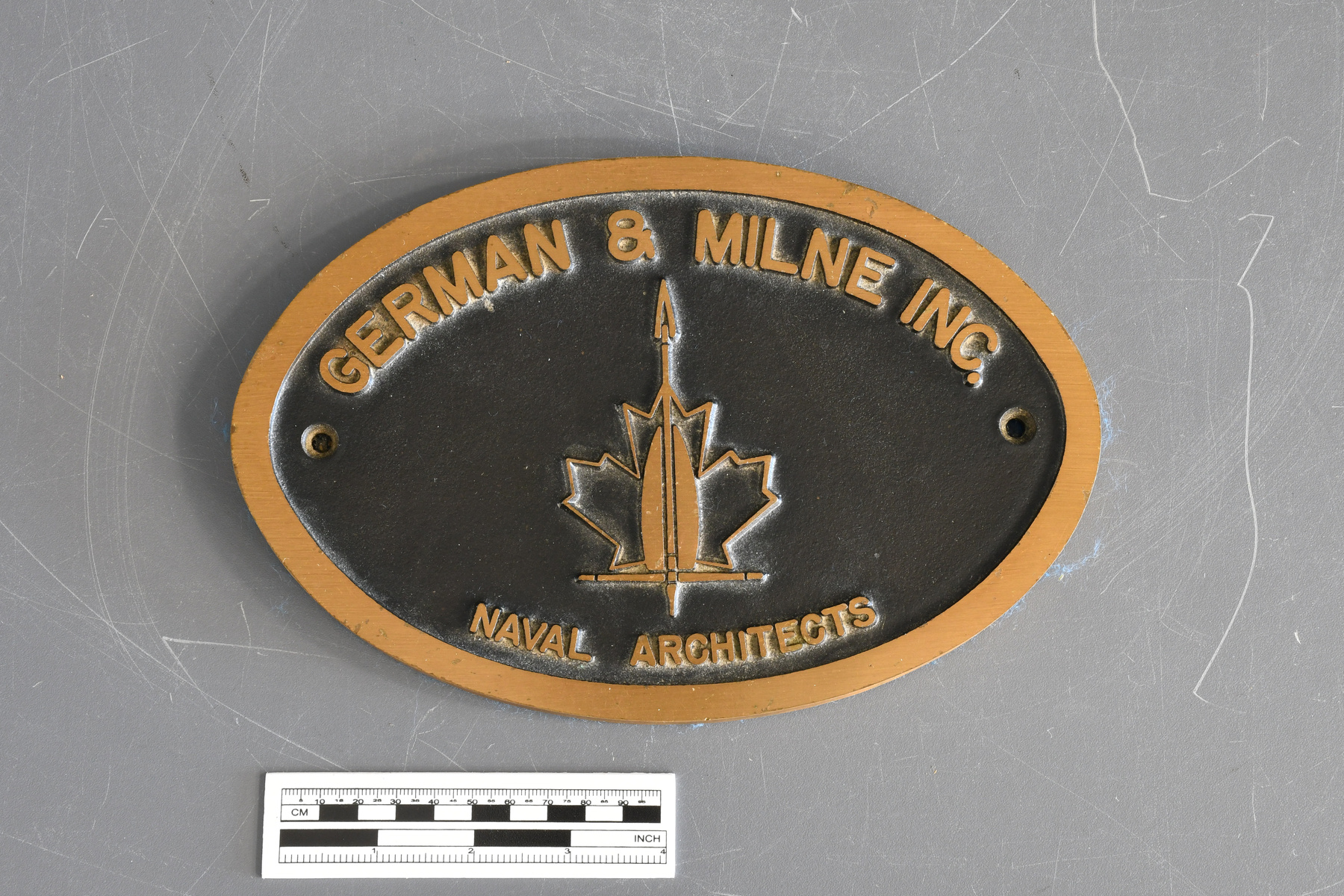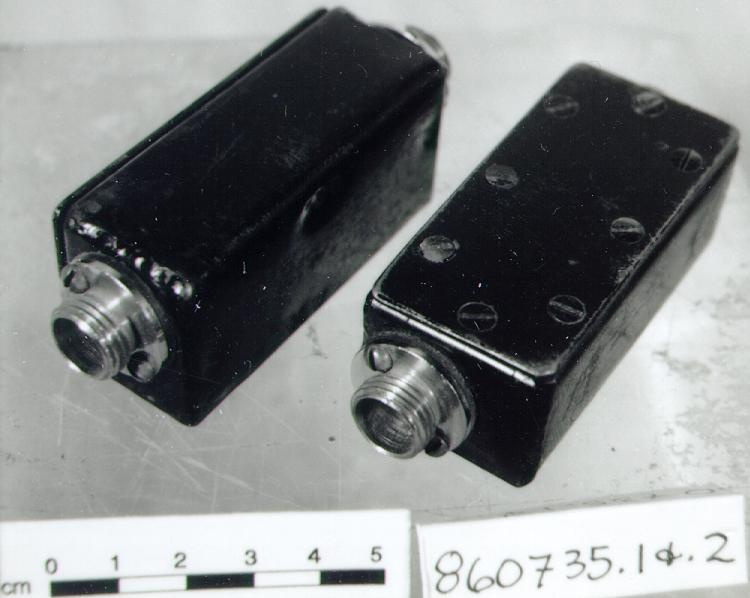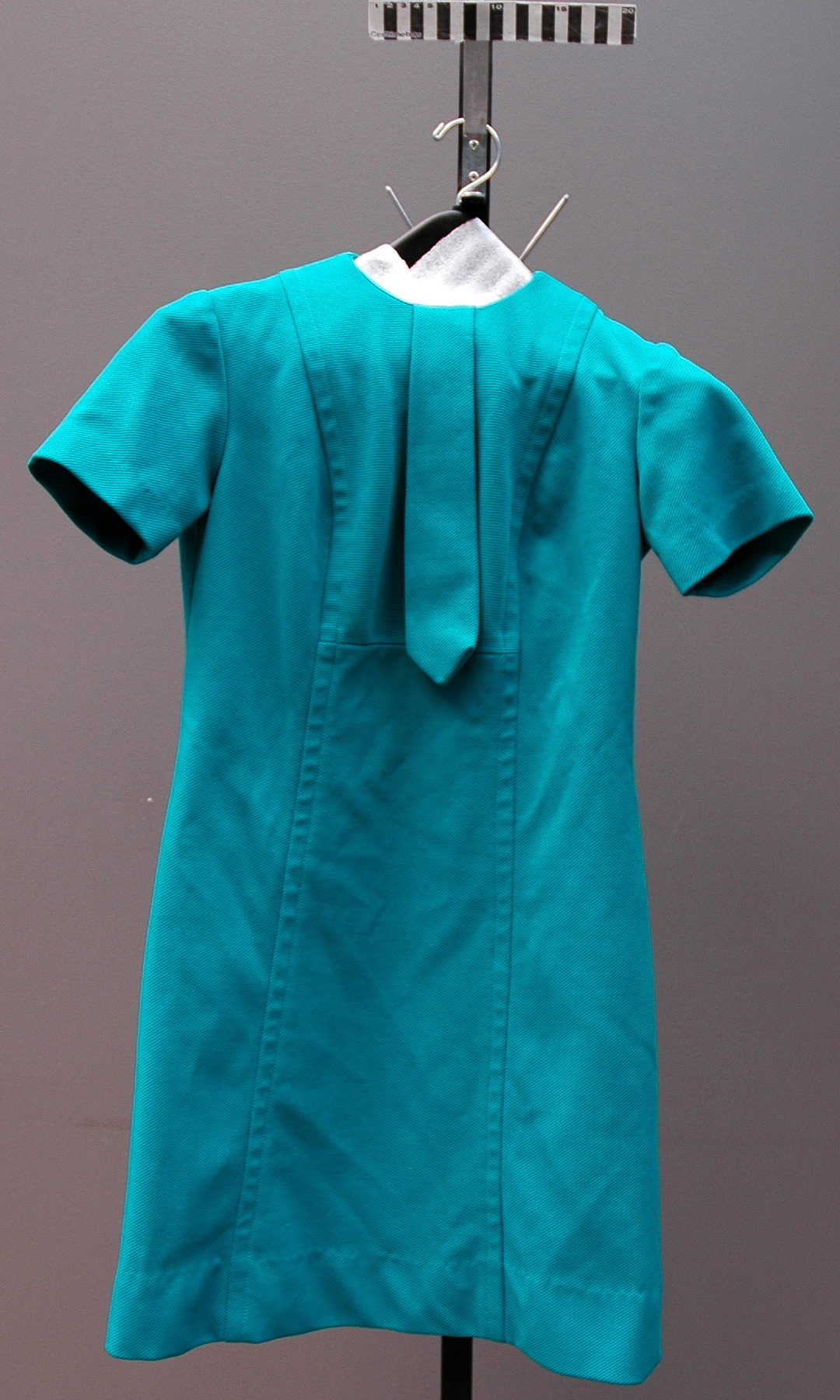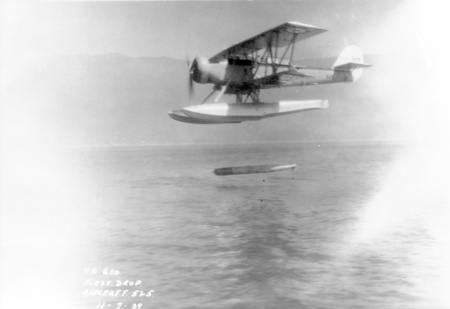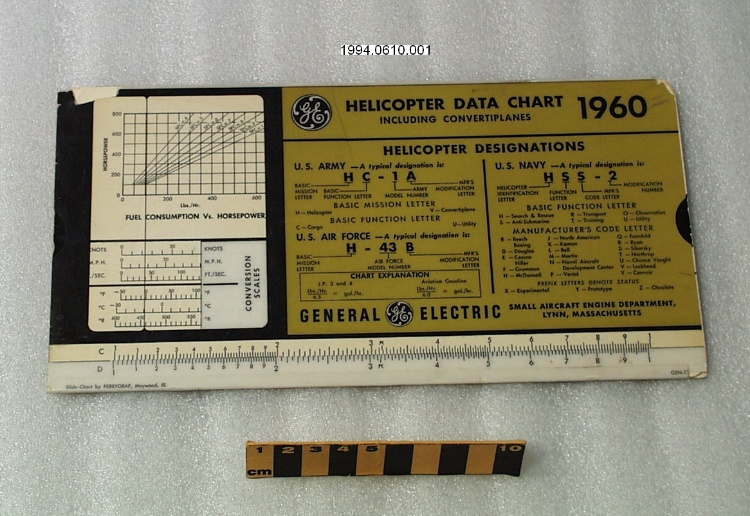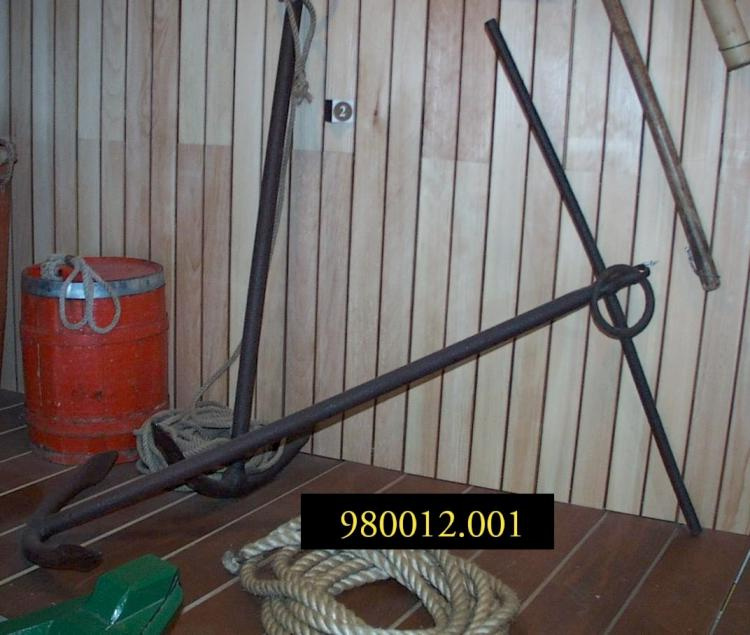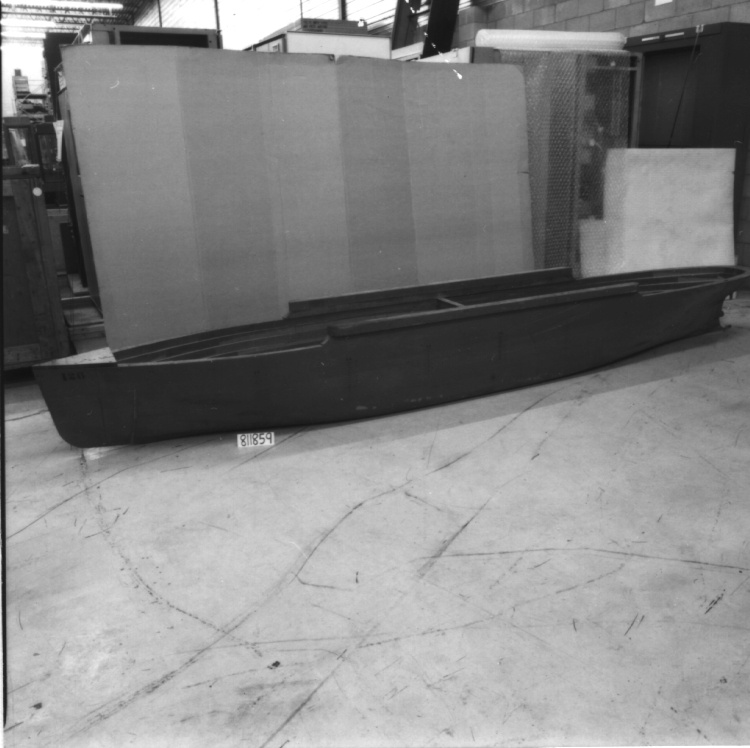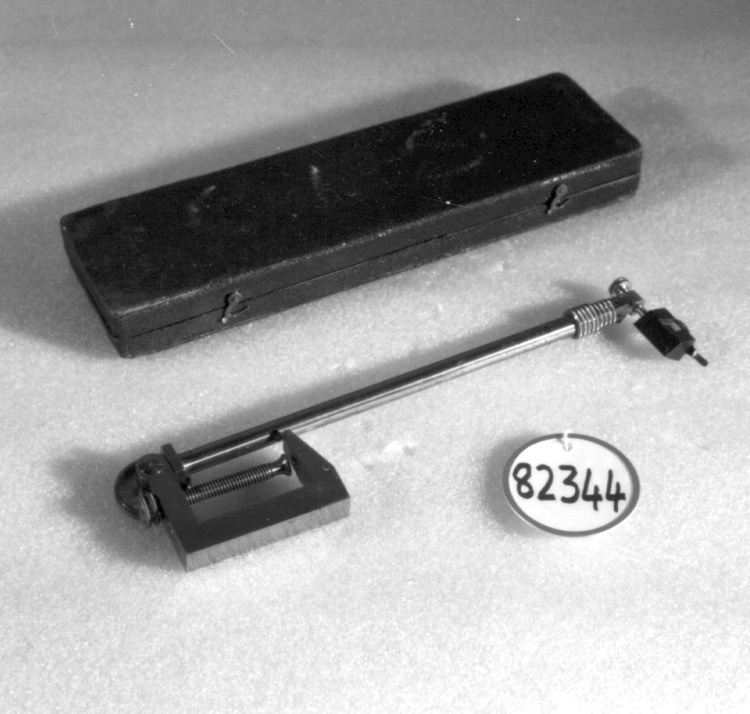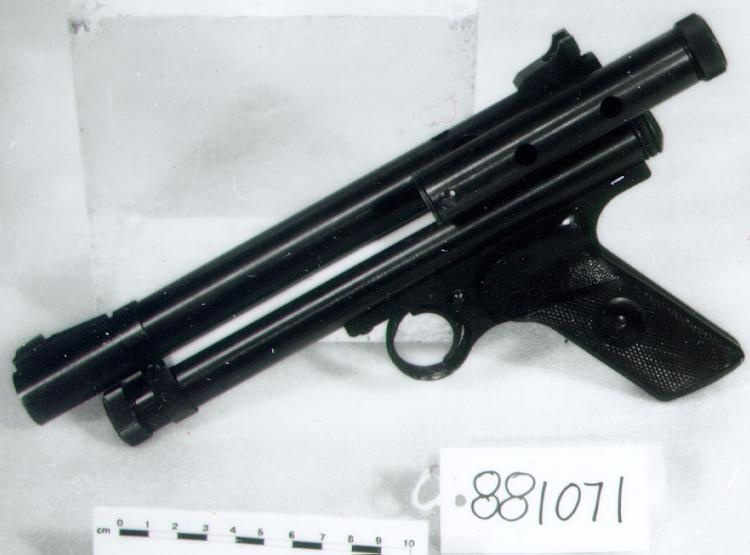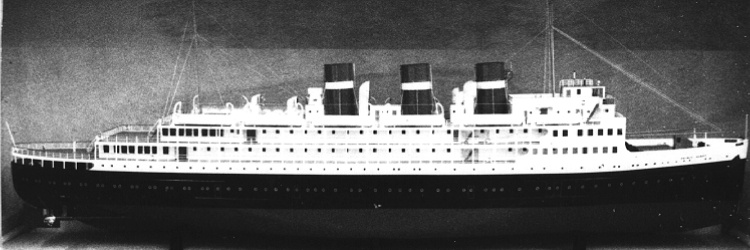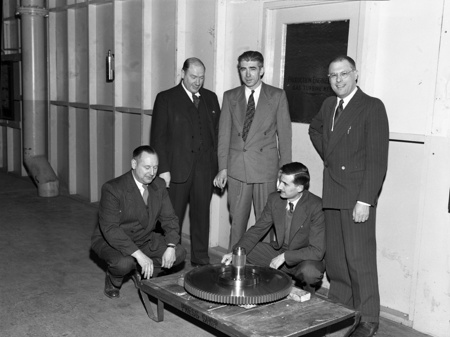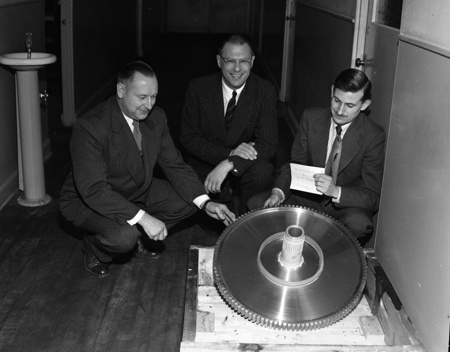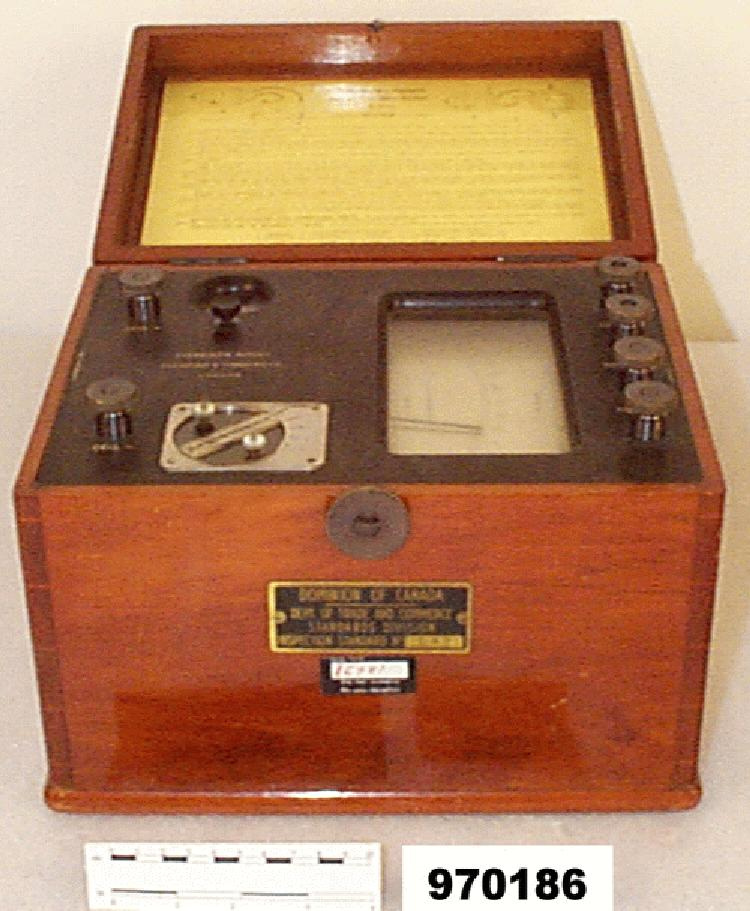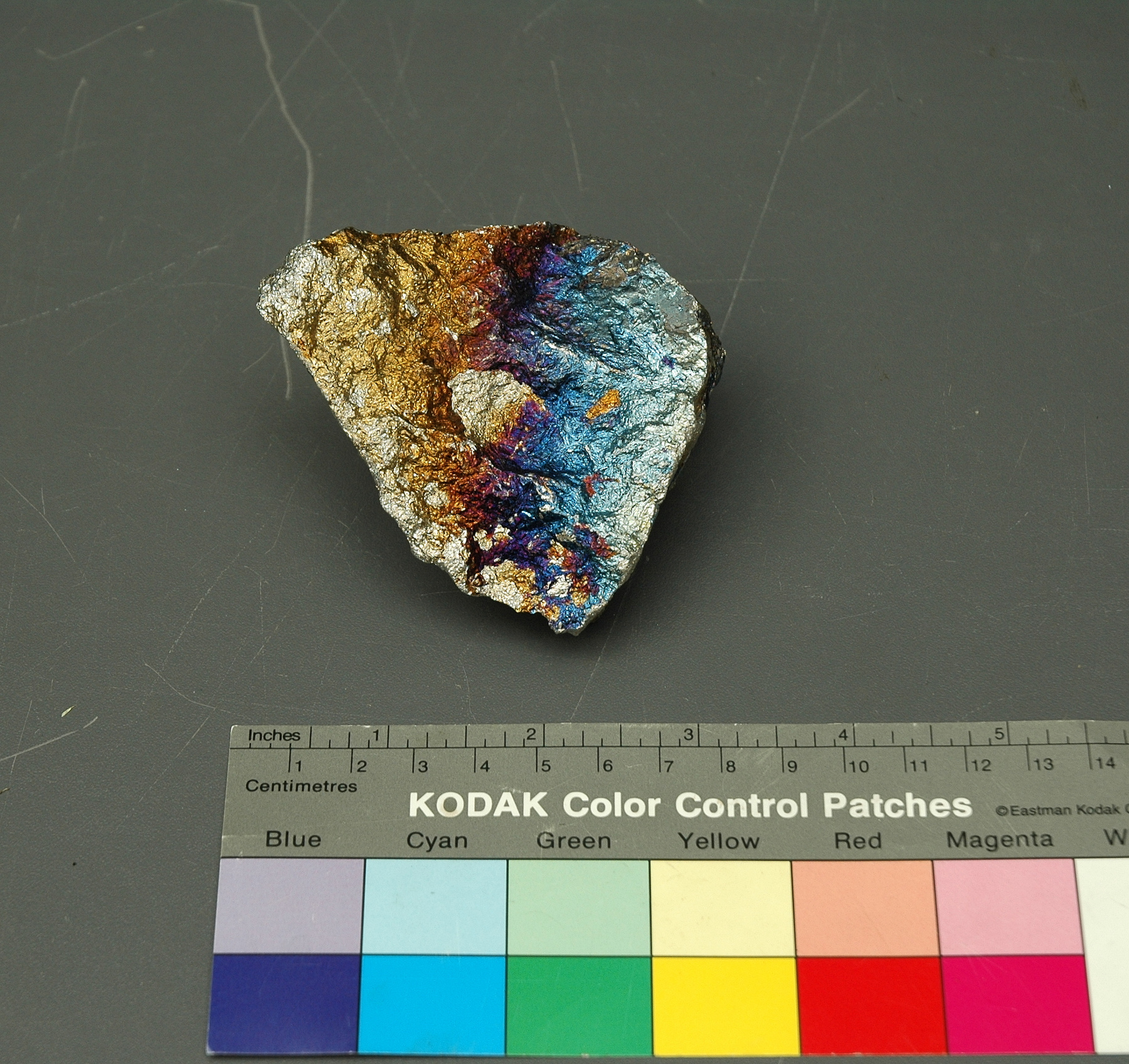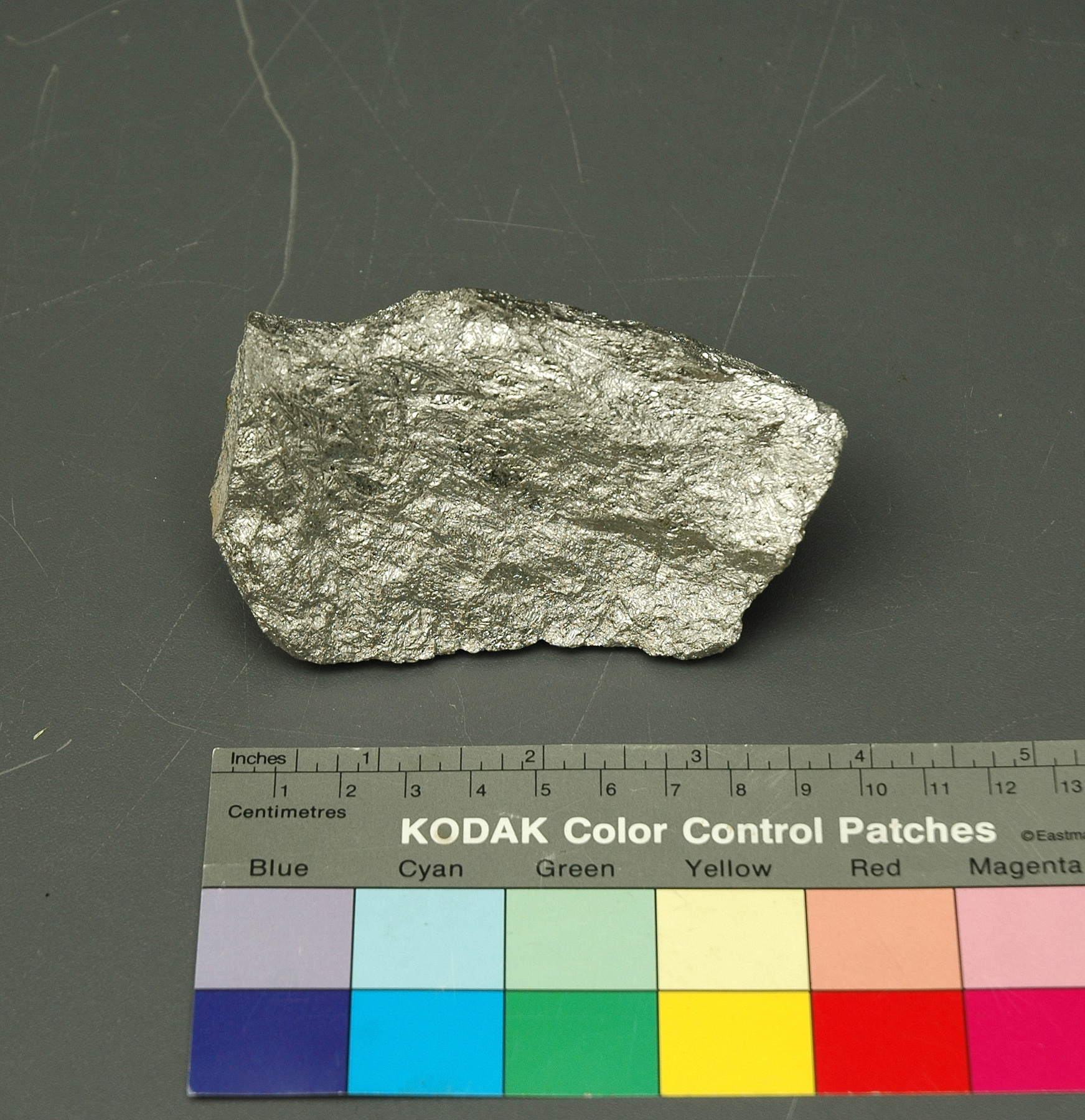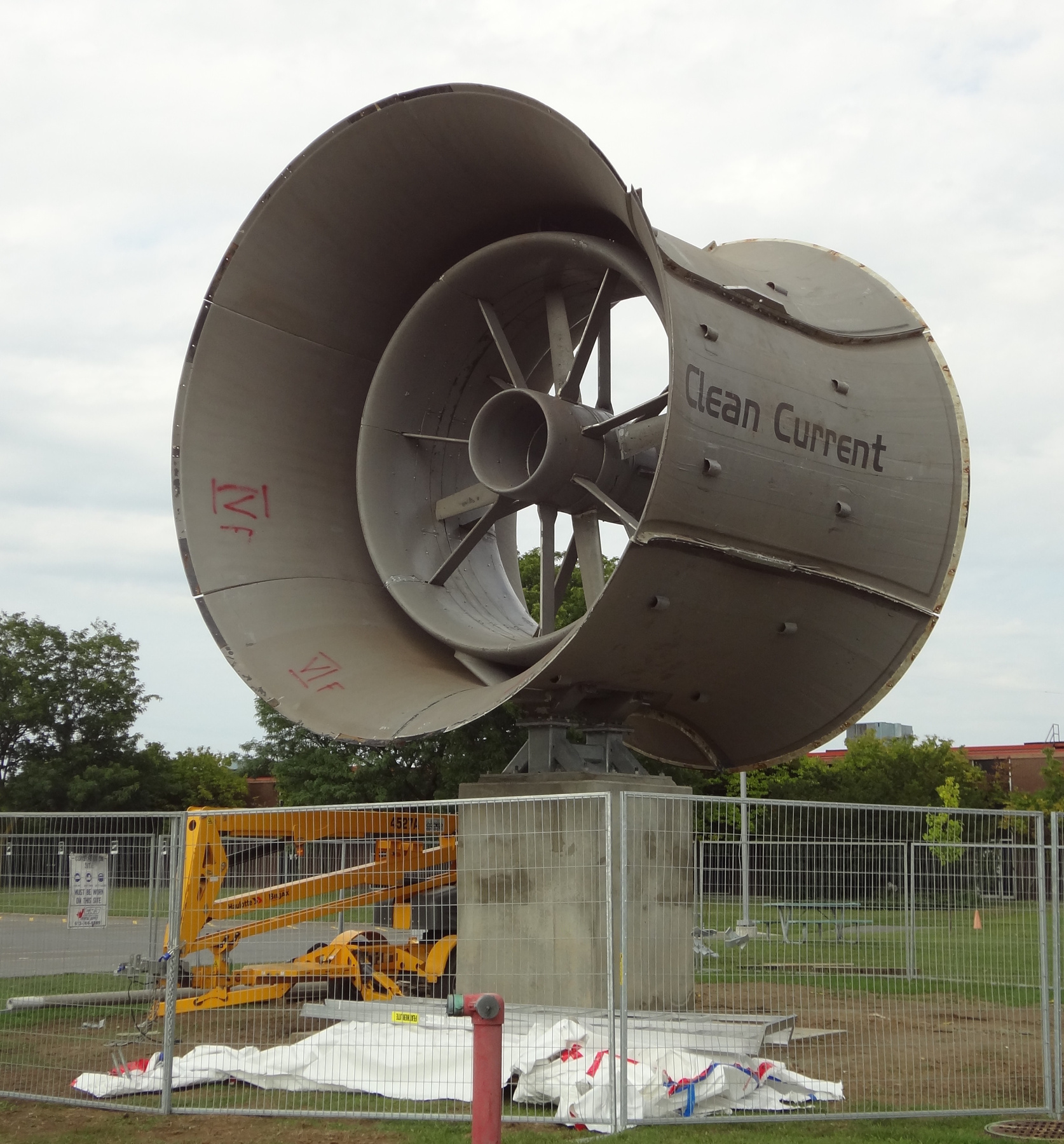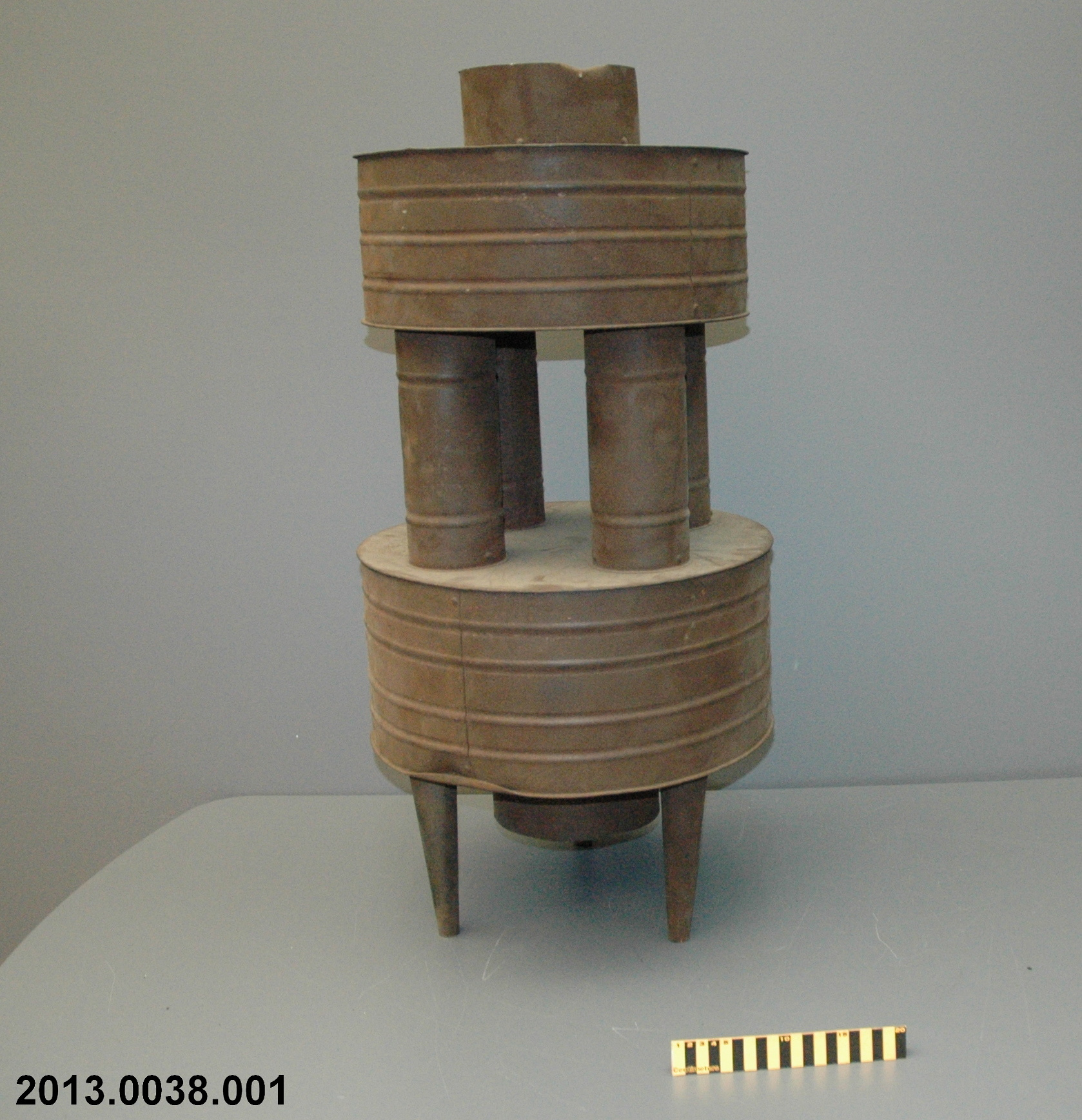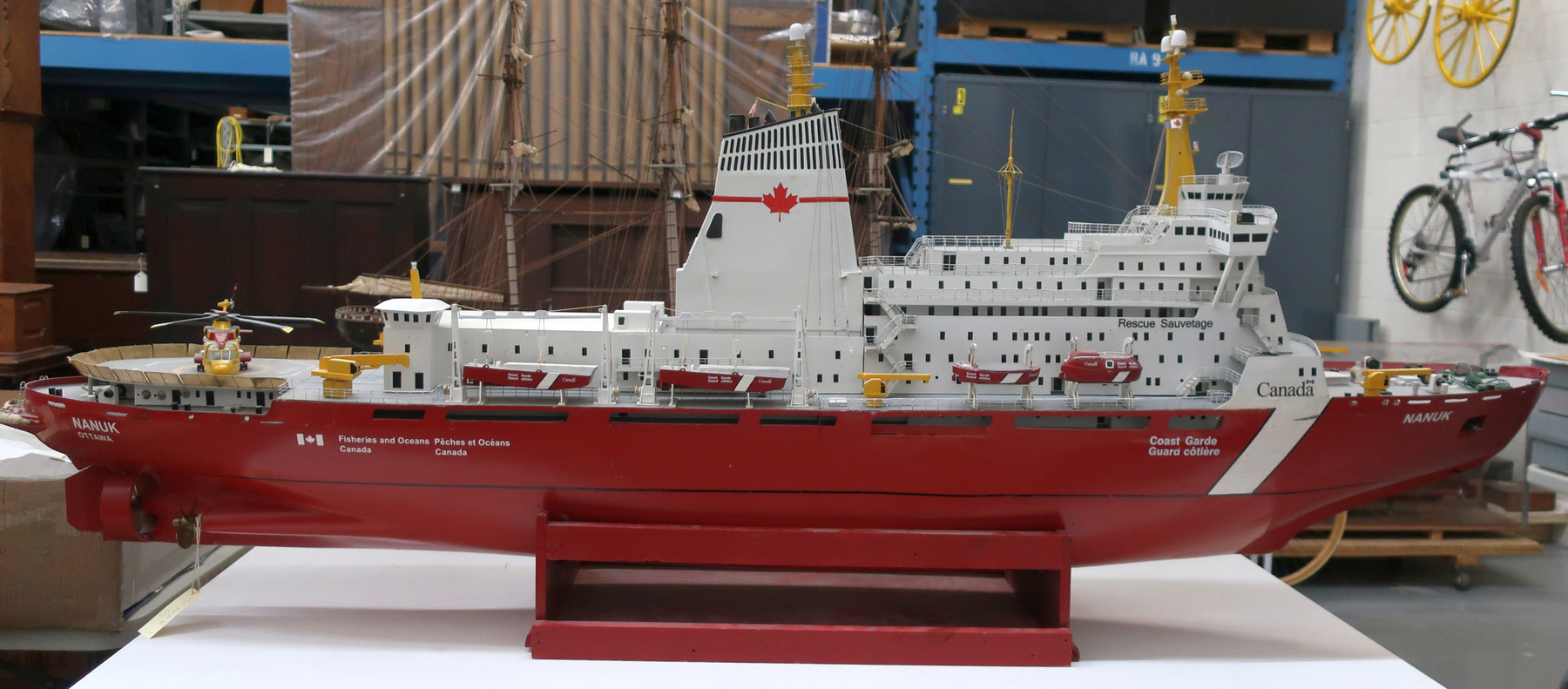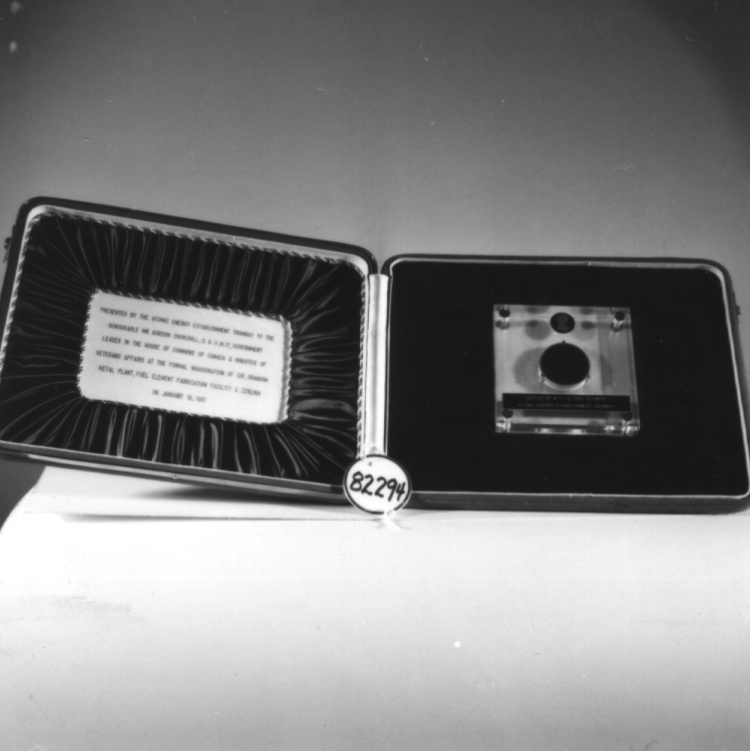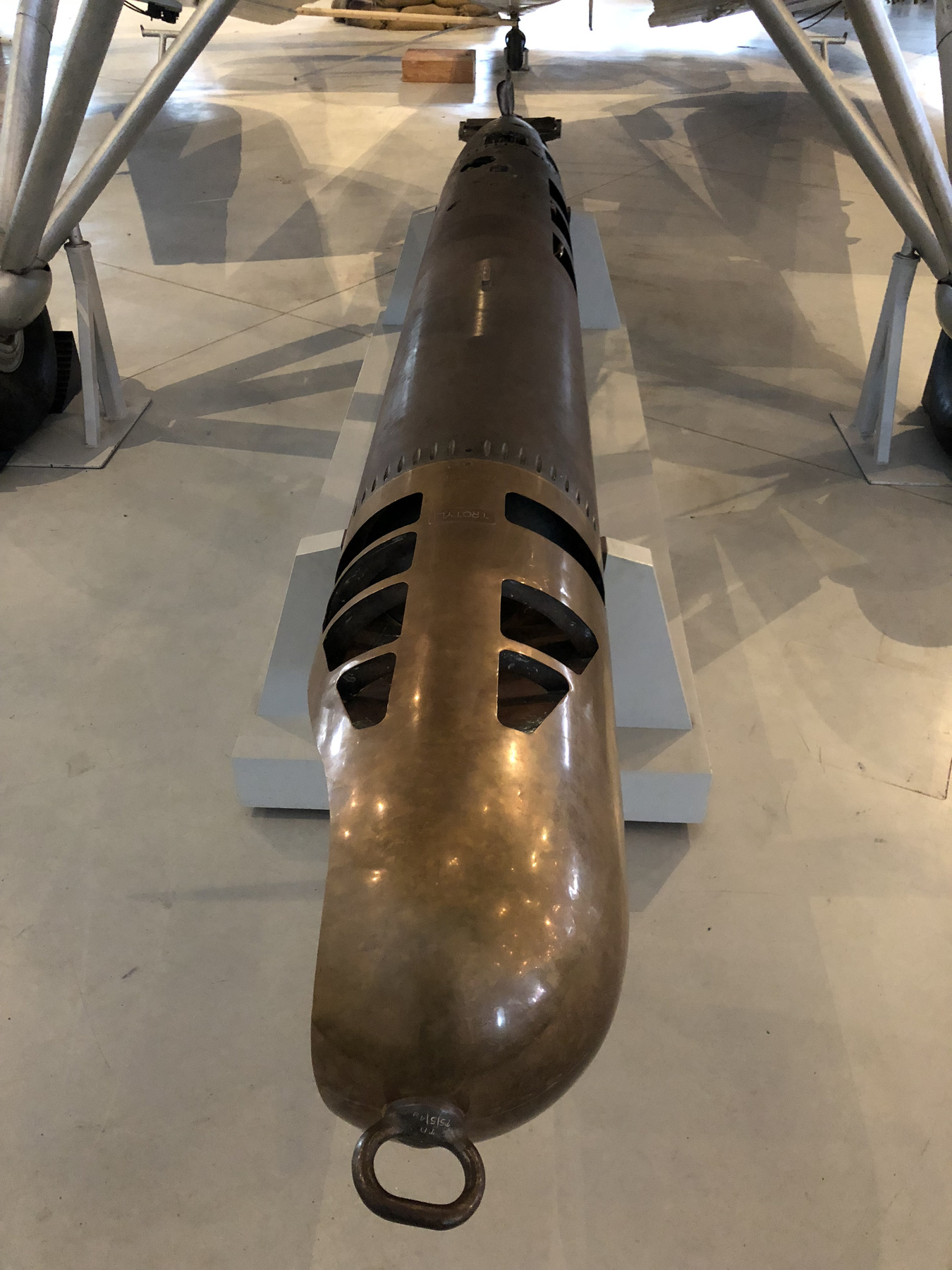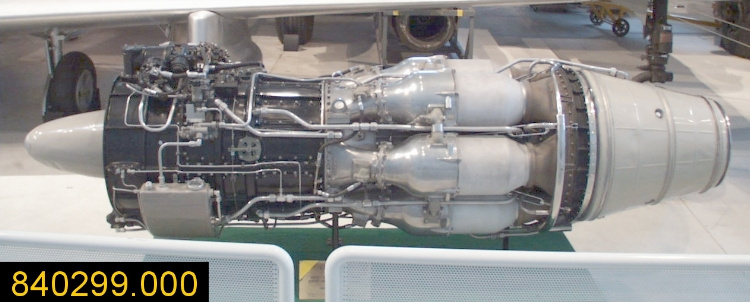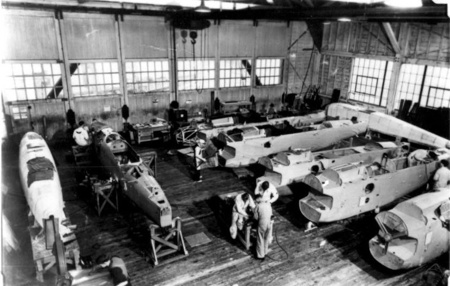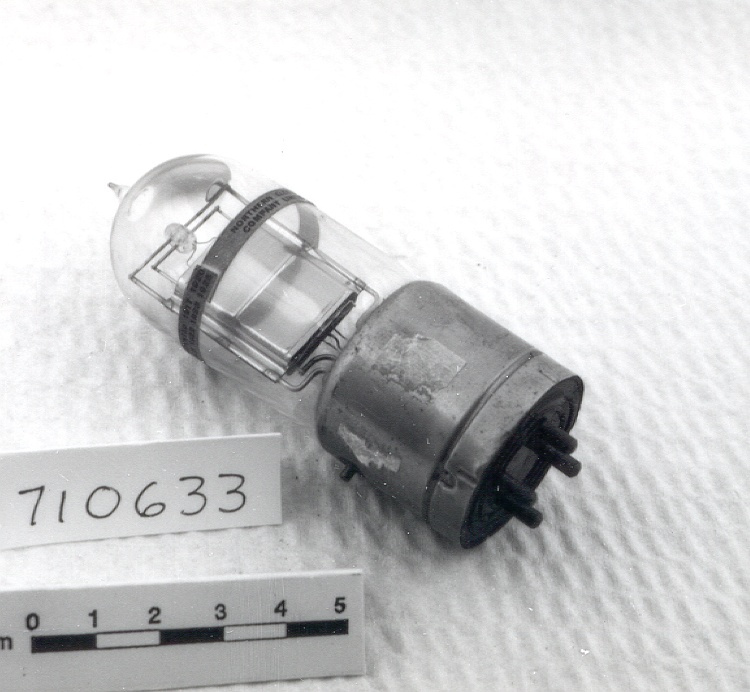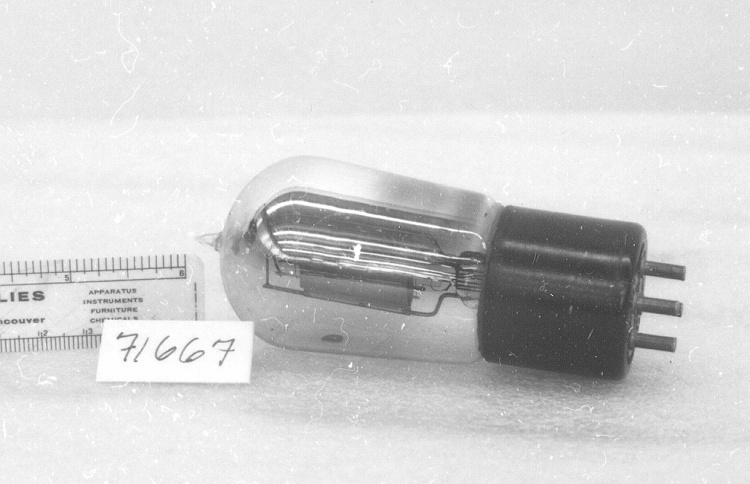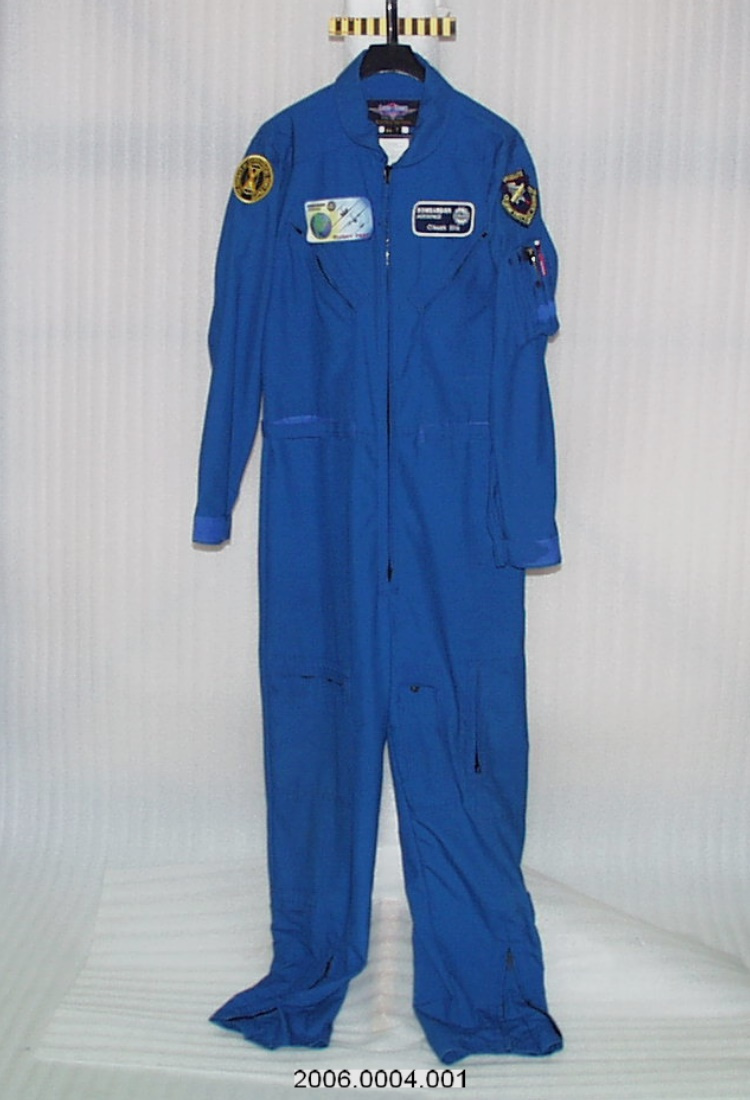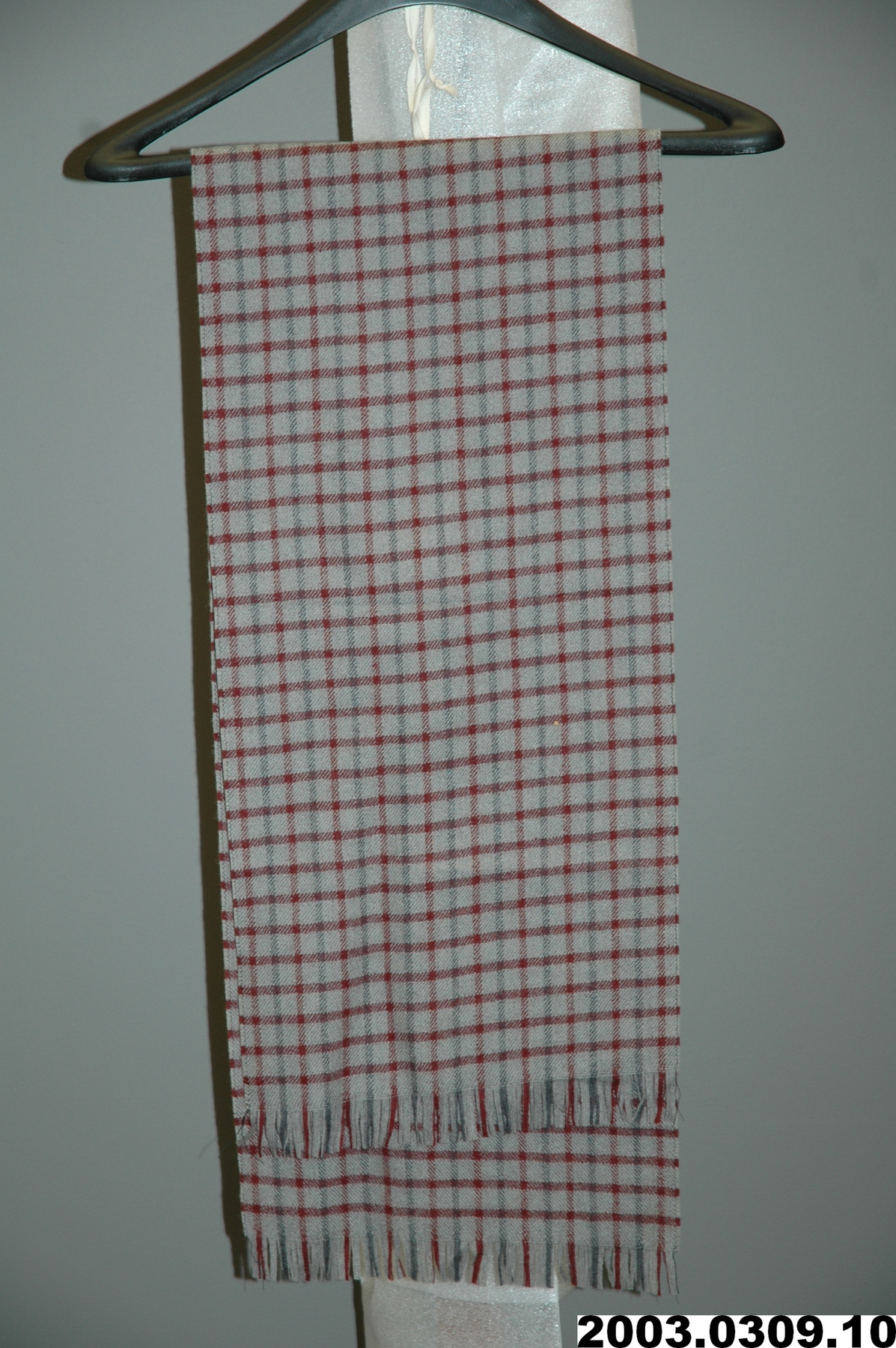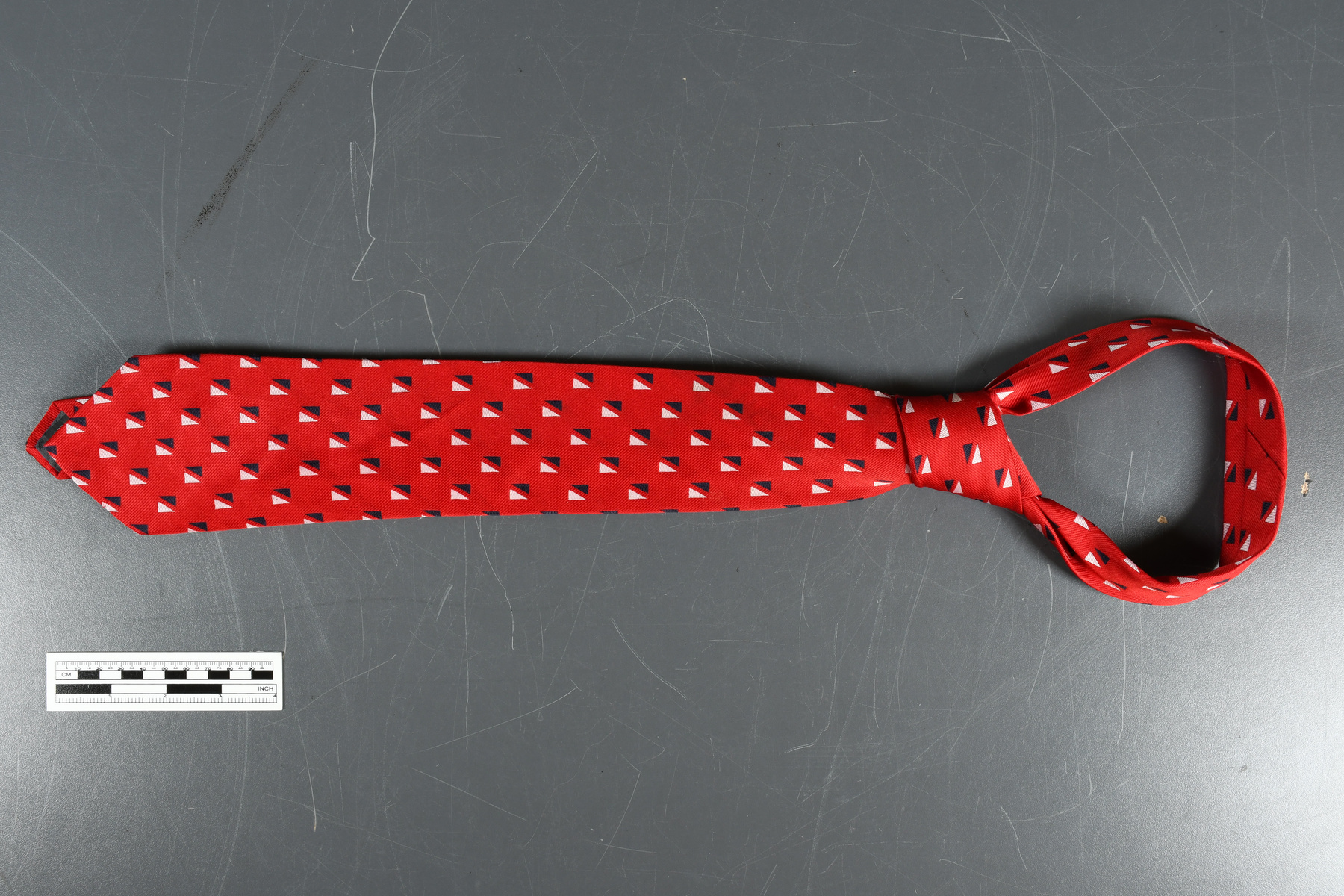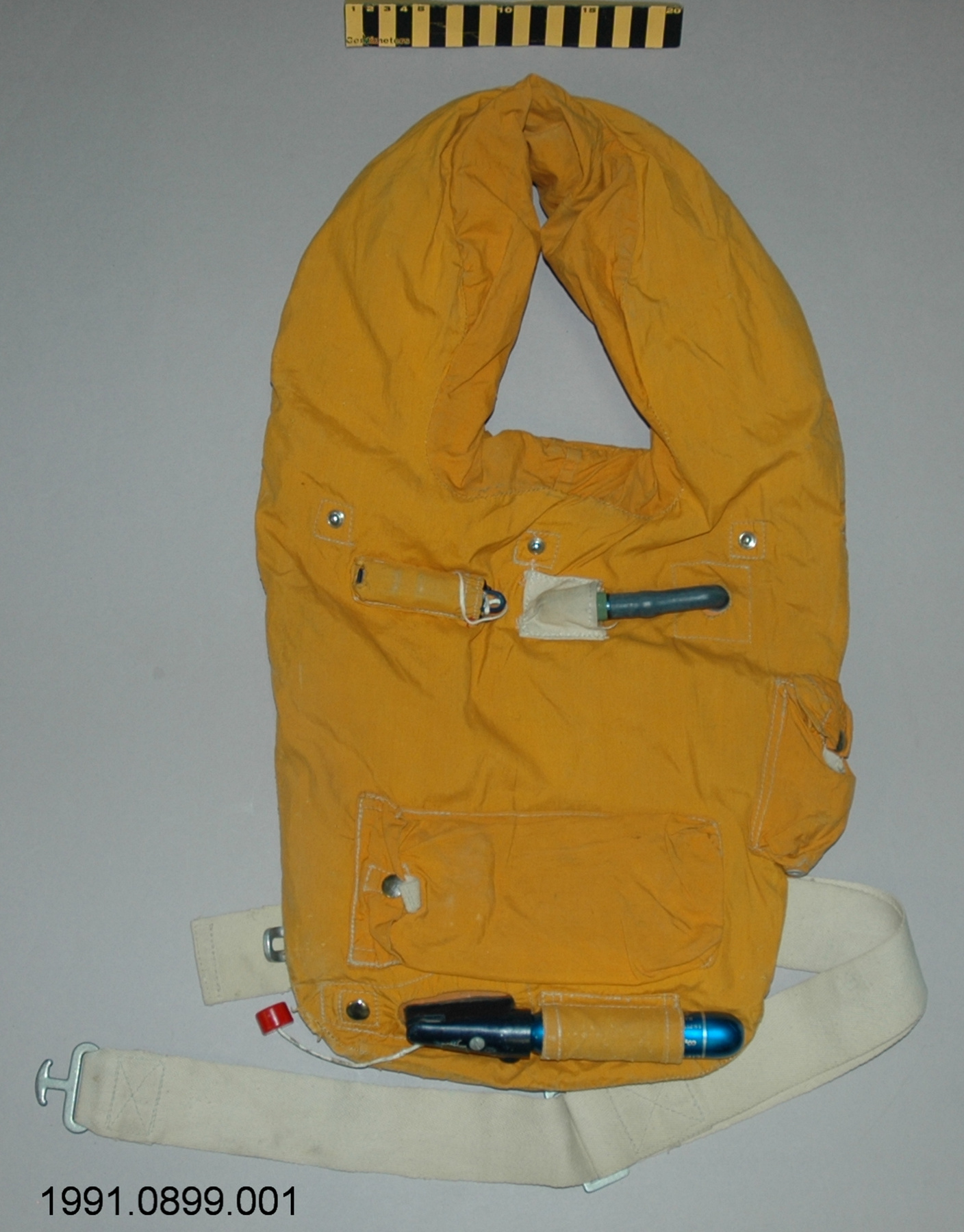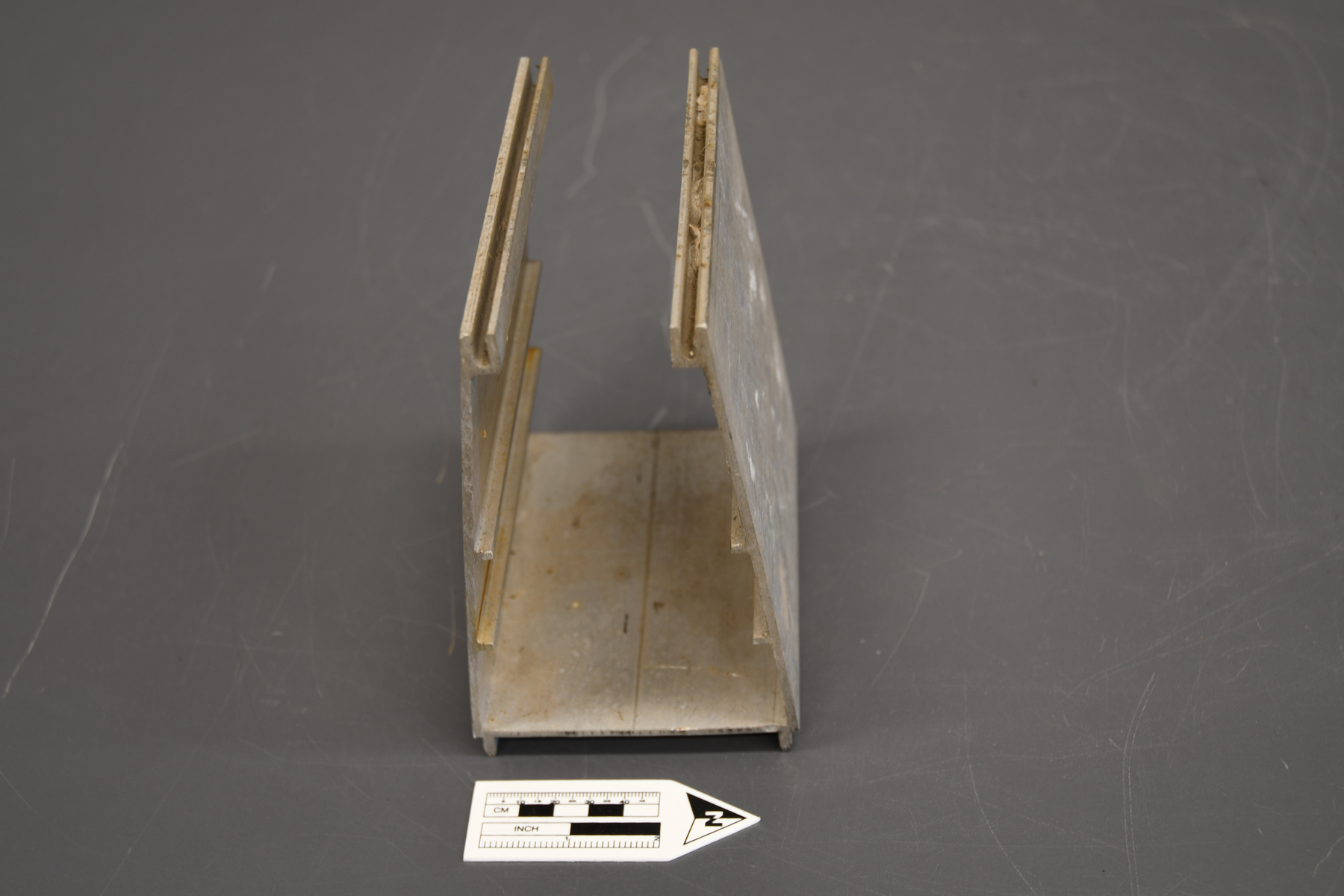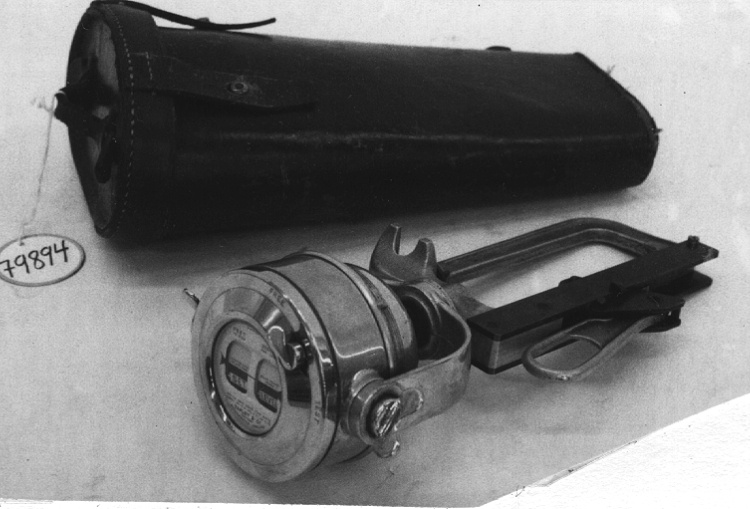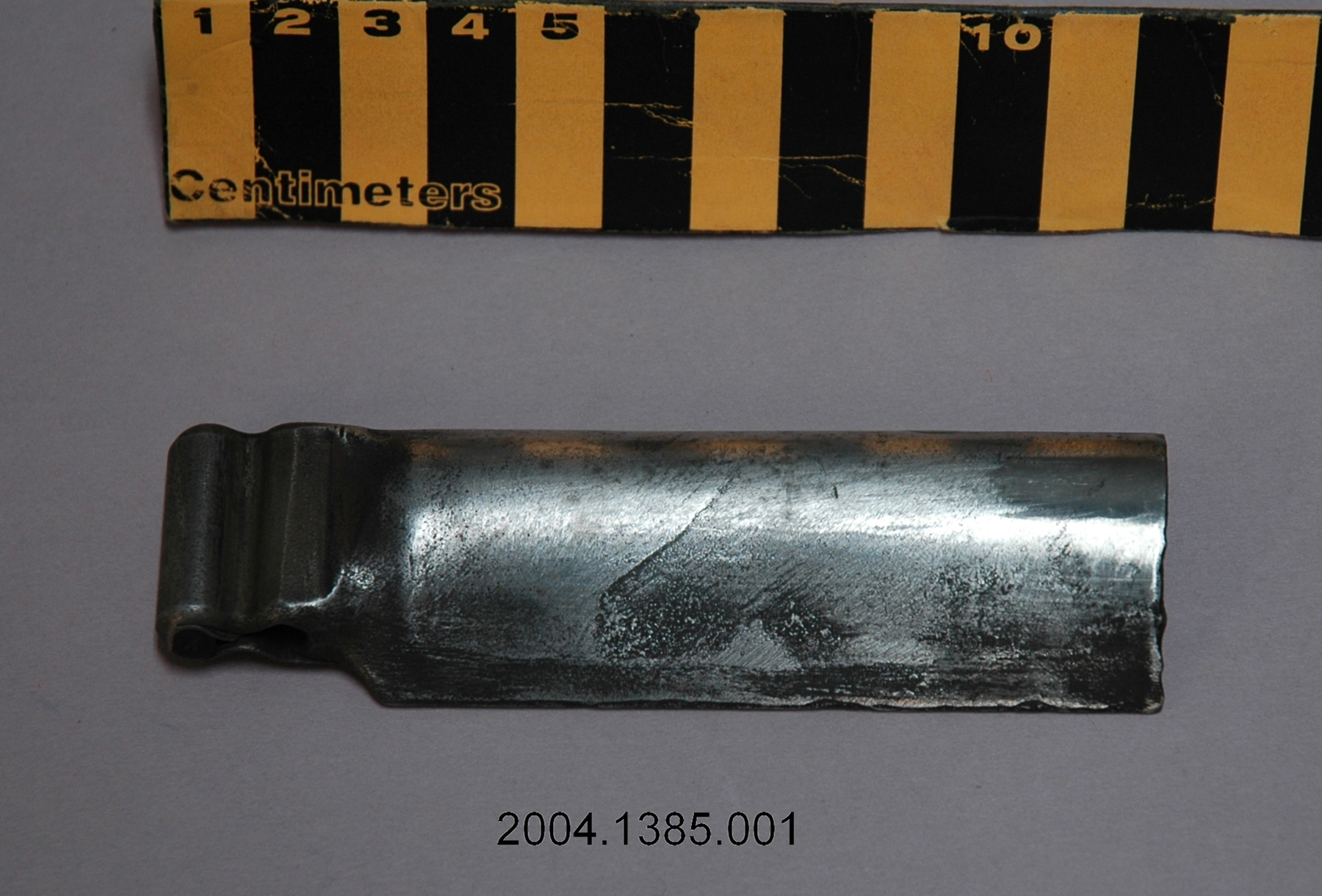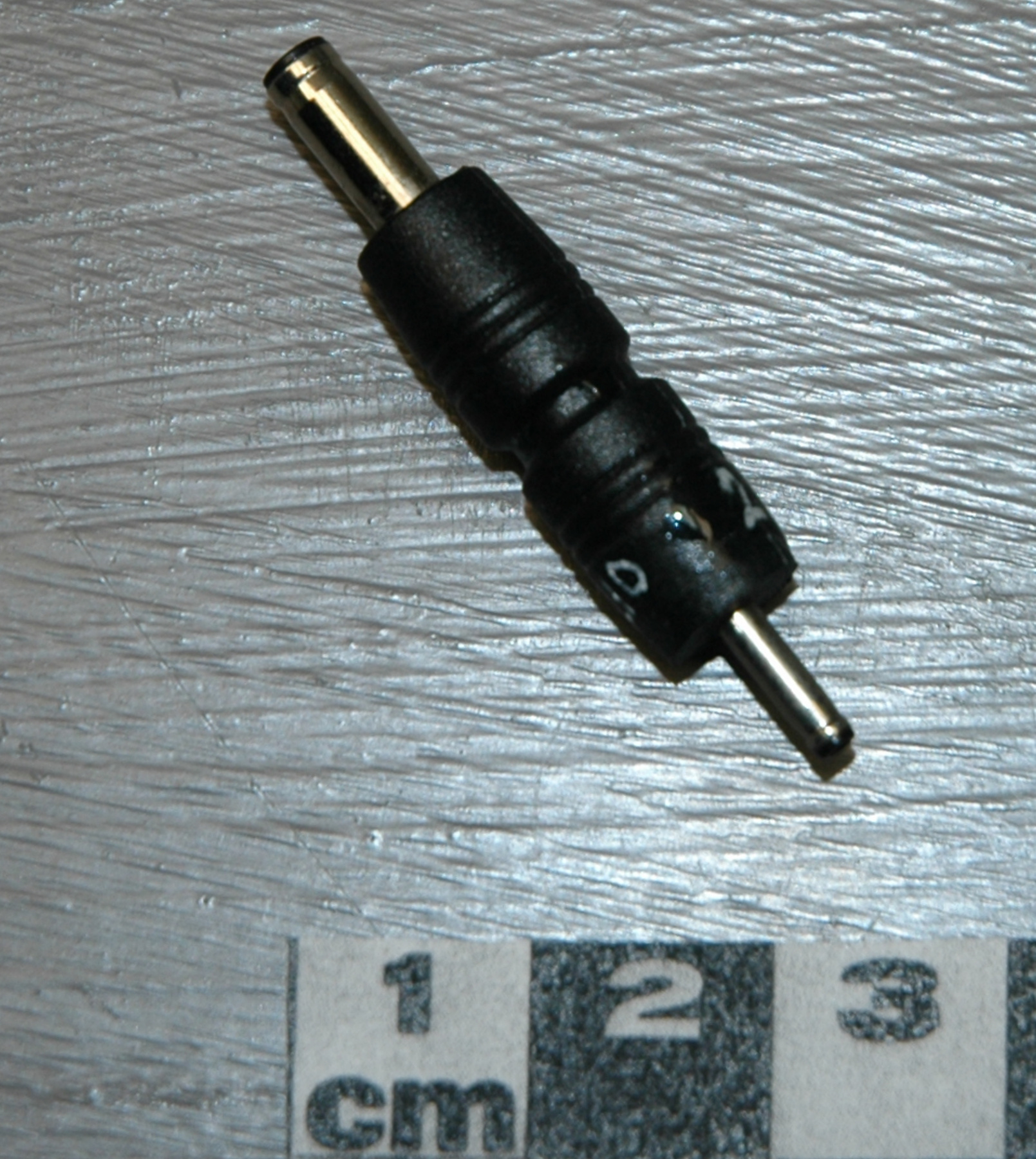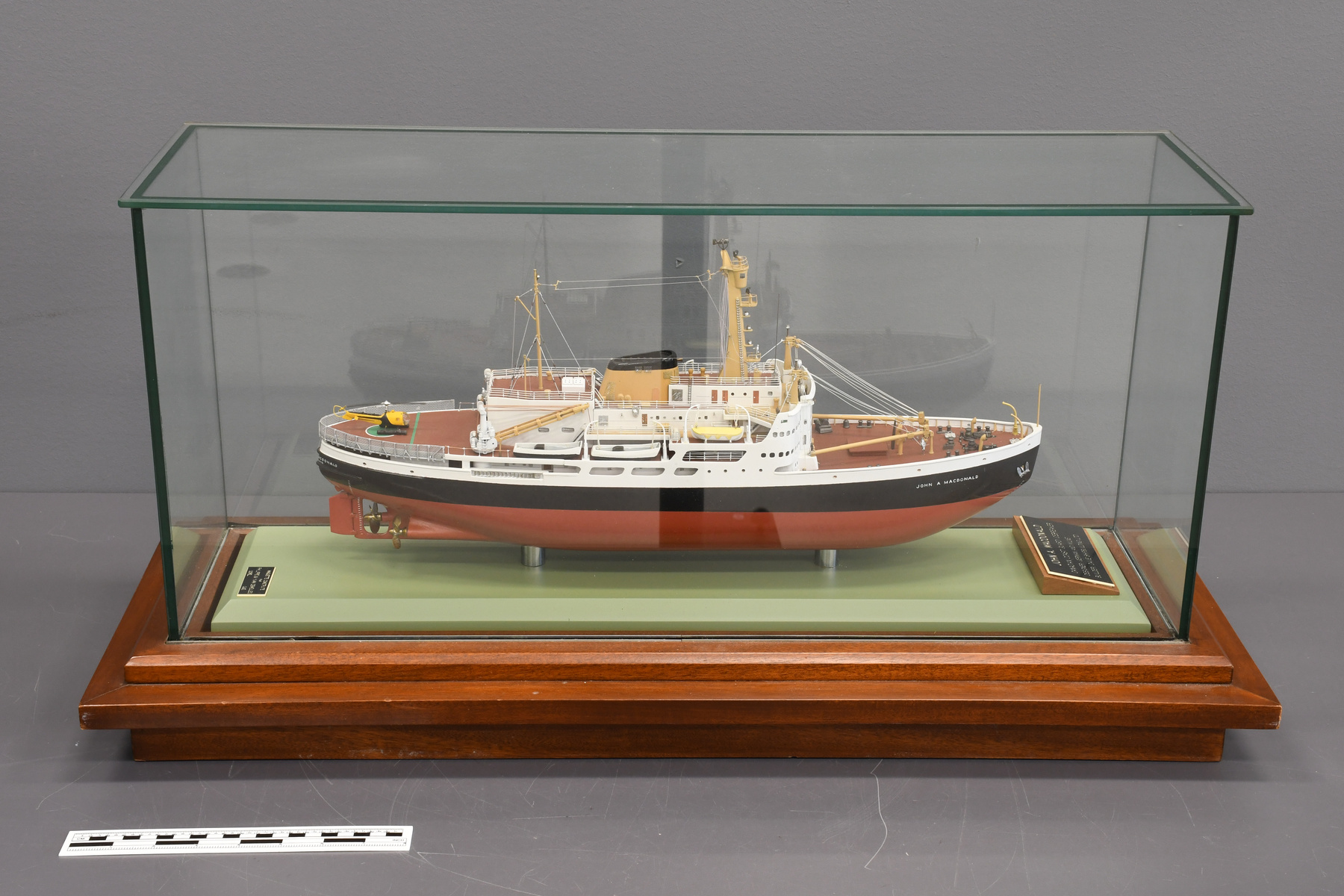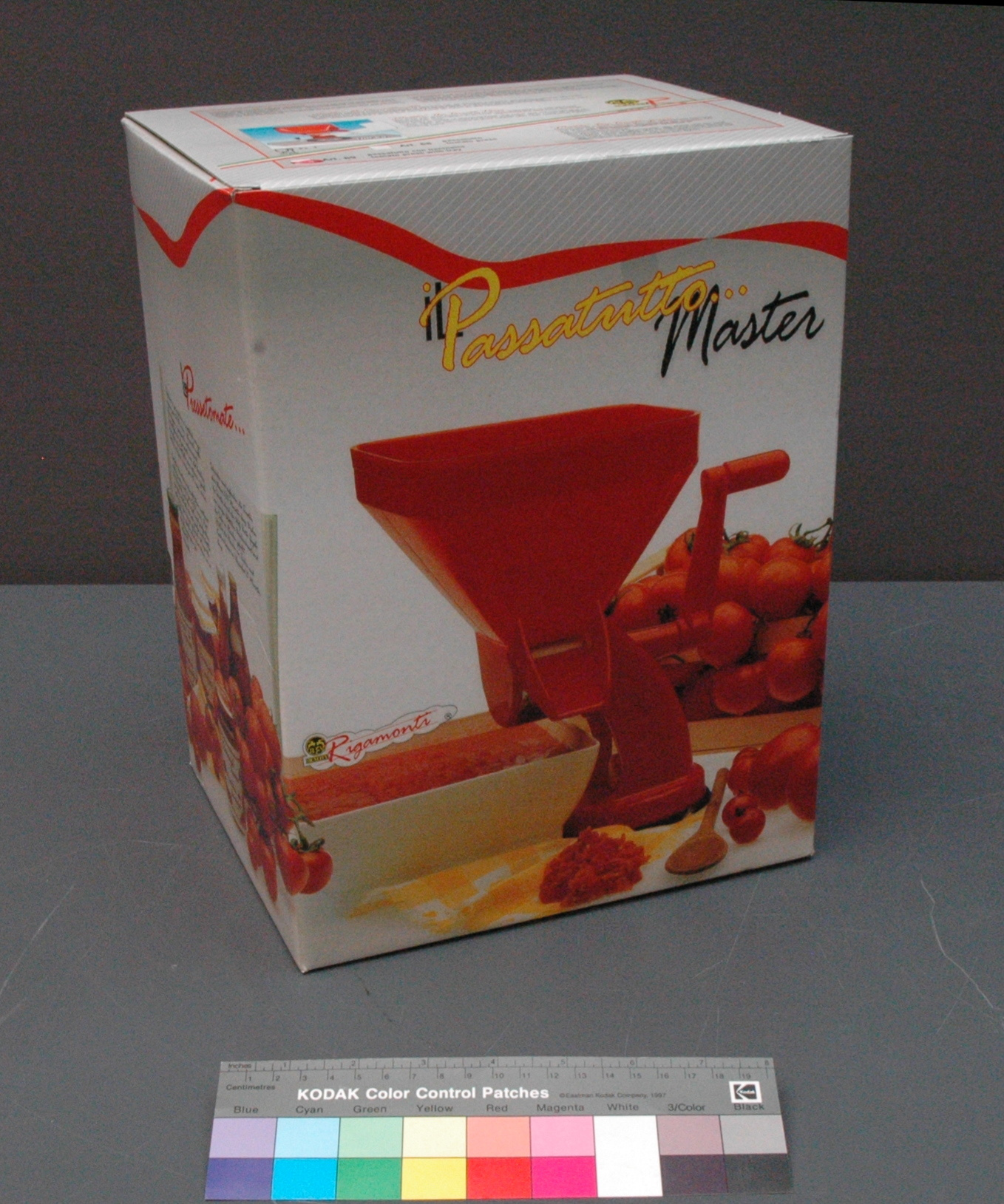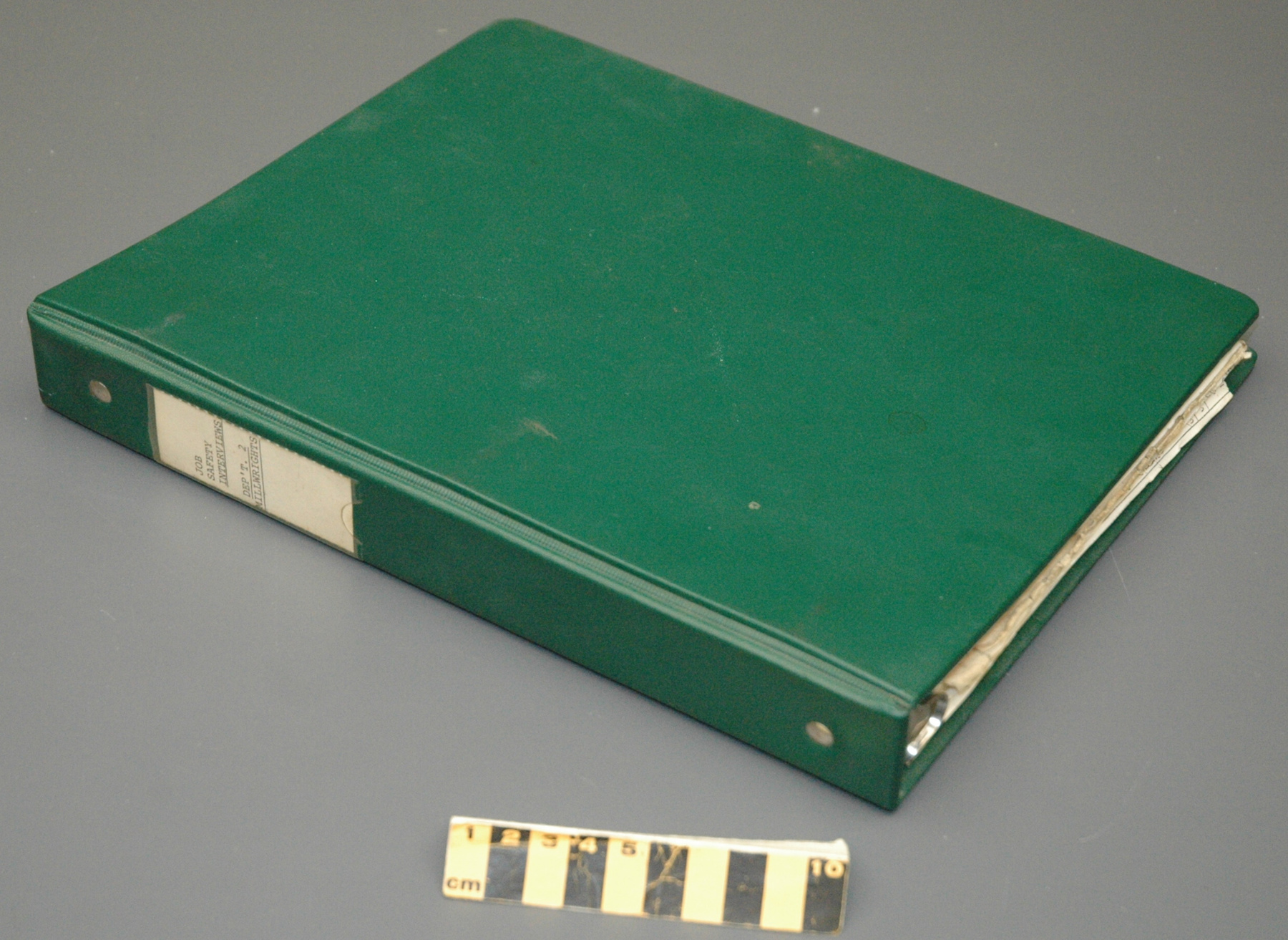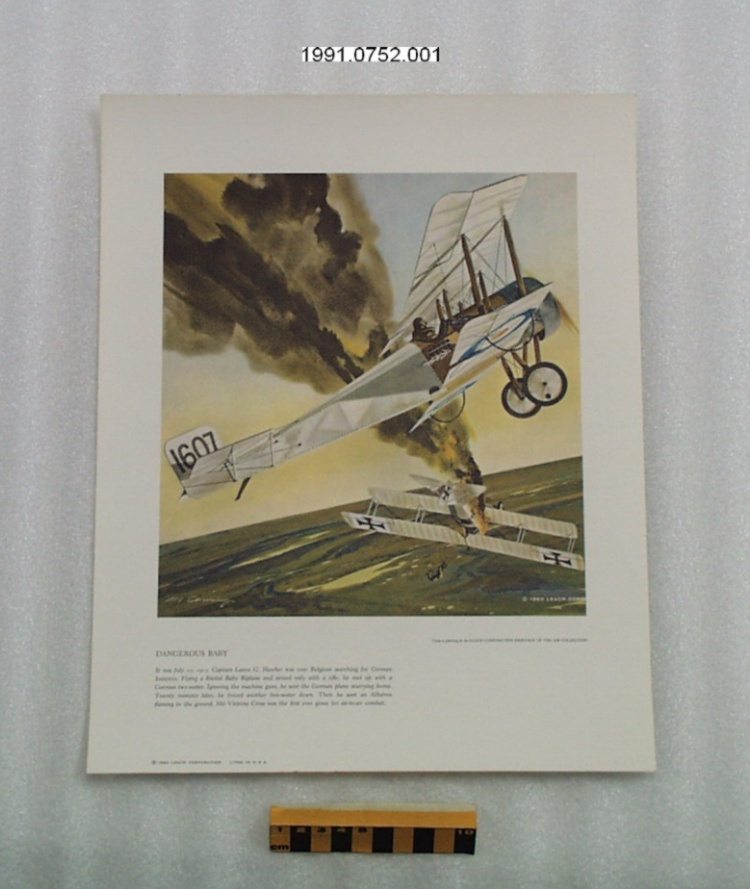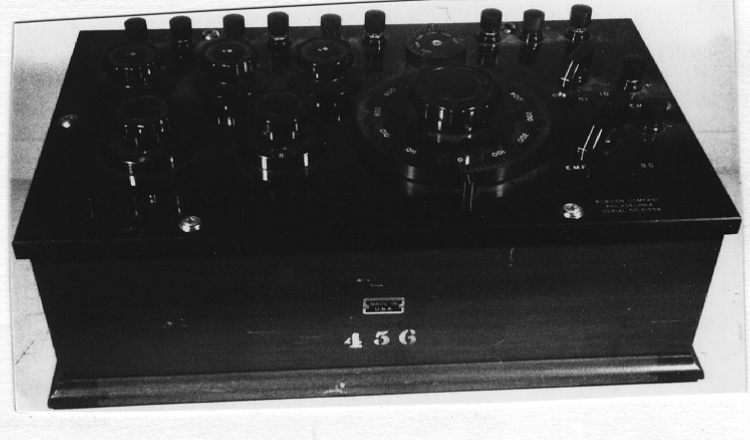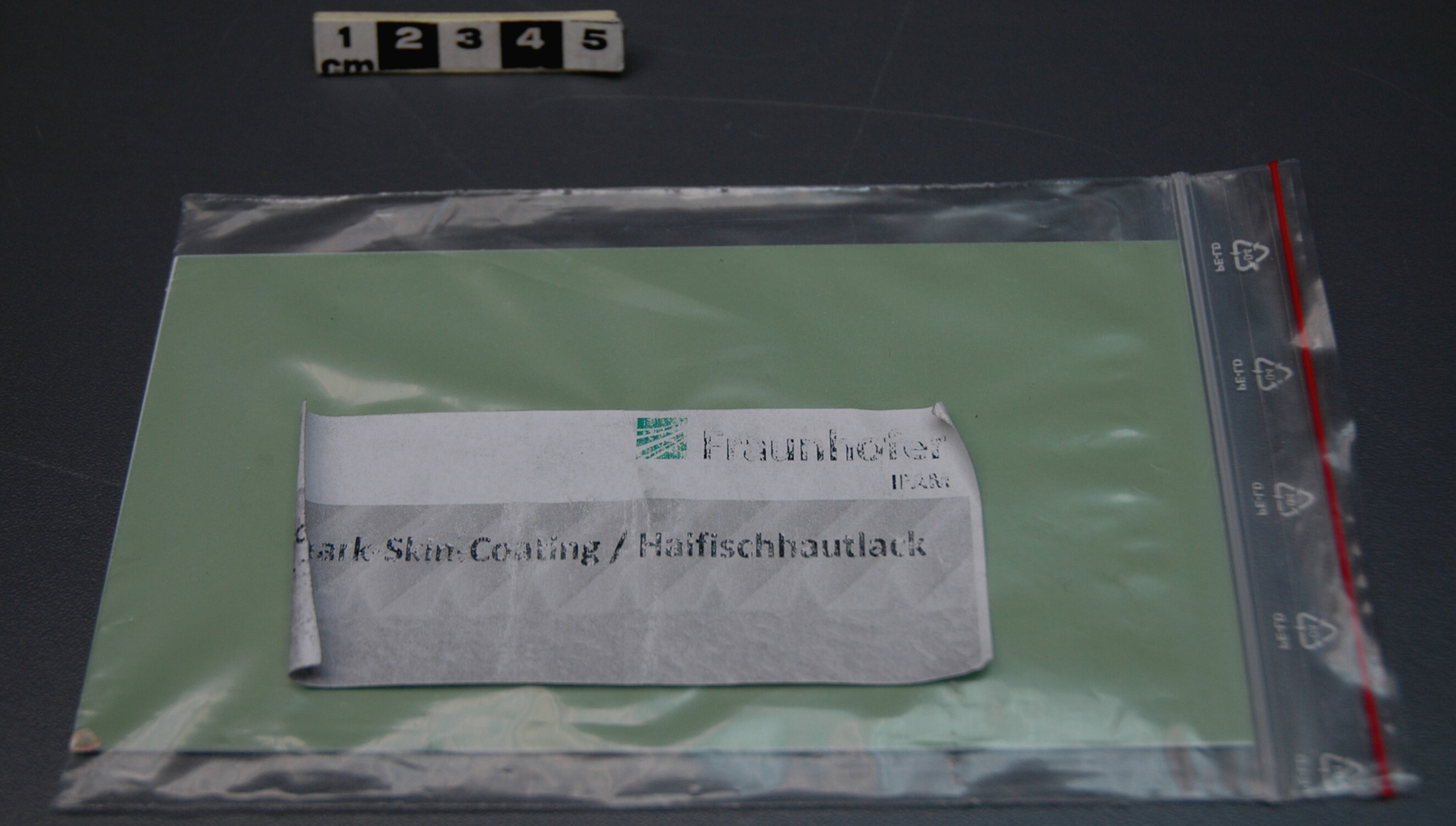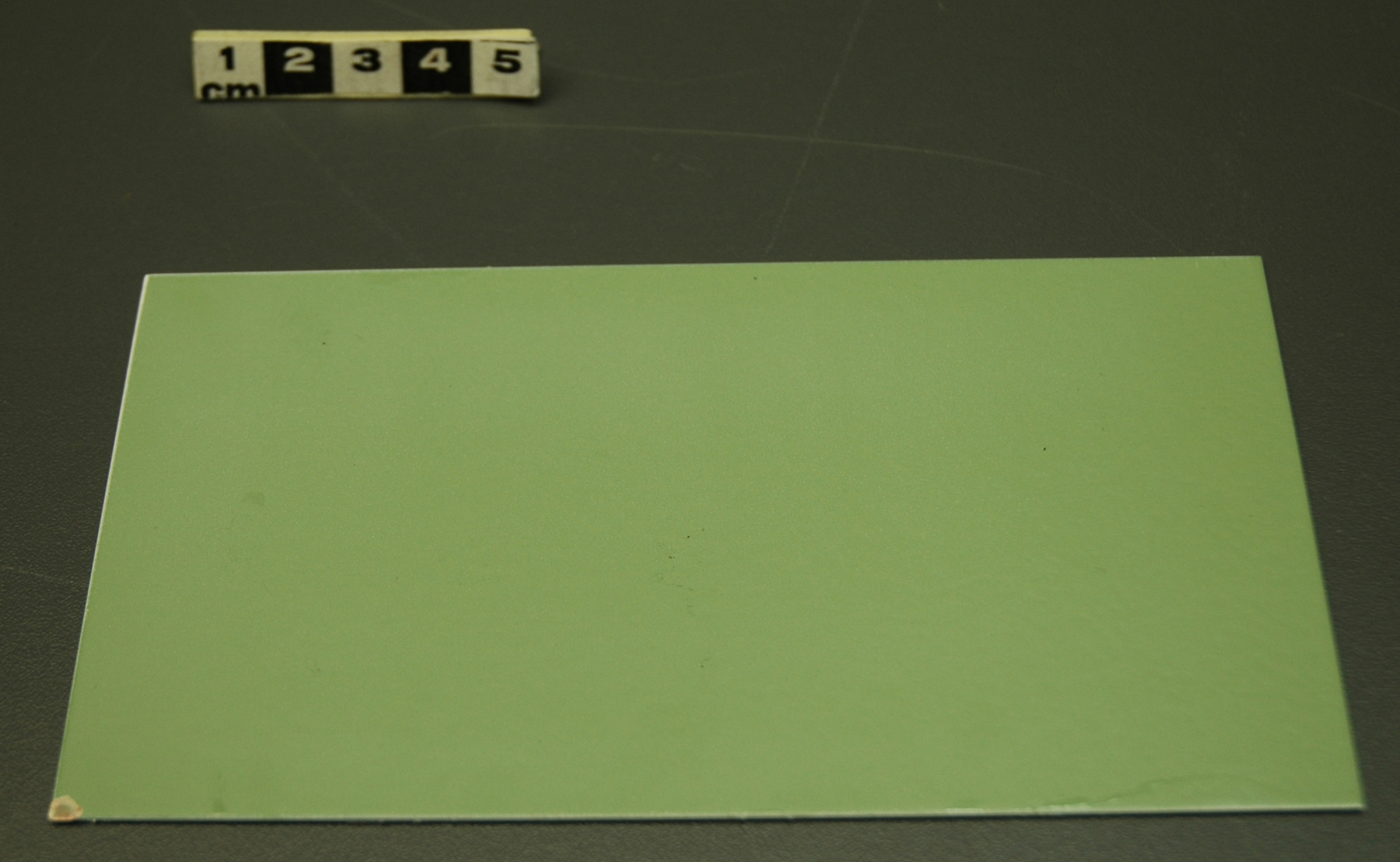Paint sample
Use this image
Can I reuse this image without permission? Yes
Object images on the Ingenium Collection’s portal have the following Creative Commons license:
Copyright Ingenium / CC BY-NC-ND (Attribution-NonCommercial 4.0 International (CC BY-NC 4.0)
ATTRIBUTE THIS IMAGE
Ingenium,
2010.0138.001
Permalink:
Ingenium is releasing this image under the Creative Commons licensing framework, and encourages downloading and reuse for non-commercial purposes. Please acknowledge Ingenium and cite the artifact number.
DOWNLOAD IMAGEPURCHASE THIS IMAGE
This image is free for non-commercial use.
For commercial use, please consult our Reproduction Fees and contact us to purchase the image.
- OBJECT TYPE
- N/A
- DATE
- 2010
- ARTIFACT NUMBER
- 2010.0138.001
- MANUFACTURER
- Fraunhofer IFAM
- MODEL
- Unknown
- LOCATION
- Bremen, Germany
More Information
General Information
- Serial #
- N/A
- Part Number
- 1
- Total Parts
- 2
- AKA
- shark skin coating
- Patents
- N/A
- General Description
- metal; possibly synthetic
Dimensions
Note: These reflect the general size for storage and are not necessarily representative of the object's true dimensions.
- Length
- 15.1 cm
- Width
- 8.0 cm
- Height
- N/A
- Thickness
- N/A
- Weight
- N/A
- Diameter
- N/A
- Volume
- N/A
Lexicon
- Group
- Energy-electric
- Category
- Miscellaneous
- Sub-Category
- N/A
Manufacturer
- AKA
- Fraunhofer
- Country
- Germany
- State/Province
- Unknown
- City
- Bremen
Context
- Country
- Unknown
- State/Province
- Unknown
- Period
- New/never used.
- Canada
-
While this technology has no direct connection with Canada, one can certainly imagine that airliners or ships covered with this coating could come to Canada. In any event, the Canada Aviation and Space Museum team working on the Green Skies Ahead exhibition project thought that such a technology would be of interest to visitors. The Fraunhofer Institute was kind enough to send us the sample under discussion. It is very likely that nothing comparable to this shark skin coating exists in other collections in Canada. [Ref. 1] - Function
-
To reduce resistance or drag. When applied through a special stencil, this shark skin coating / paint, inspired by the scaly skin of sharks, reduces the resistance or drag an airplane or ship has to overcome as it goes through air or water. Reducing the drag reduces the fuel consumption, which reduces the fuel costs of the operator (airline or shipping line) and the amount of CO2 emitted into the atmosphere. This coating might also be used to reduce the drag of the blades of wind turbines, thus improving their efficiency - and the amount of electricity produced. - Technical
-
Increasing the efficiency of present and future means of transportation is an ever present concern for both makers and operators. Different approaches are being considered, and few stones are left unturned. German researchers at the Fraunhofer Institute for Manufacturing Technology and Advanced Materials recently developed a so-called shark skin coating / paint which, if applied with a special stencil, promises to reduce the resistance / drag generated by airliners and large ships. Such a reduction would decrease fuel consumption, and the amount of CO2 emitted into the atmosphere. It has also been suggested that this same coating could reduce the resistance / drag generated by the blades of wind turbines, thus improving their efficiency - and the amount of electricity produced. Increasing the efficiency of present and future means of transportation is an ever present concern for both makers and operators. Different approaches are being considered, and few stones are left unturned. This German-developed high tech shark skin coating, and its associated manufacturing technology, have the potential to reduce the fuel consumption of airliners and large ships by a few percentage points. This may not seem like much but given the number of airliners and large ships crisscrossing the globe, the potential fuel savings could be huge. This coating is but one example of the importance of looking at nature for solutions to technological problems. [Ref. 1] - Area Notes
-
Unknown
Details
- Markings
- None evident.
- Missing
- Small chip missing from one corner of sample.
- Finish
- Pale green slightly dimpled rectangular sample mounted on metal support; on reverse: middle area covered by slightly raised synthetic(?); ends have highly reflective white surface.
- Decoration
- N/A
CITE THIS OBJECT
If you choose to share our information about this collection object, please cite:
Fraunhofer IFAM, Paint sample, 2010, Artifact no. 2010.0138, Ingenium – Canada’s Museums of Science and Innovation, http://collections.ingeniumcanada.org/en/item/2010.0138.001/
FEEDBACK
Submit a question or comment about this artifact.
More Like This
